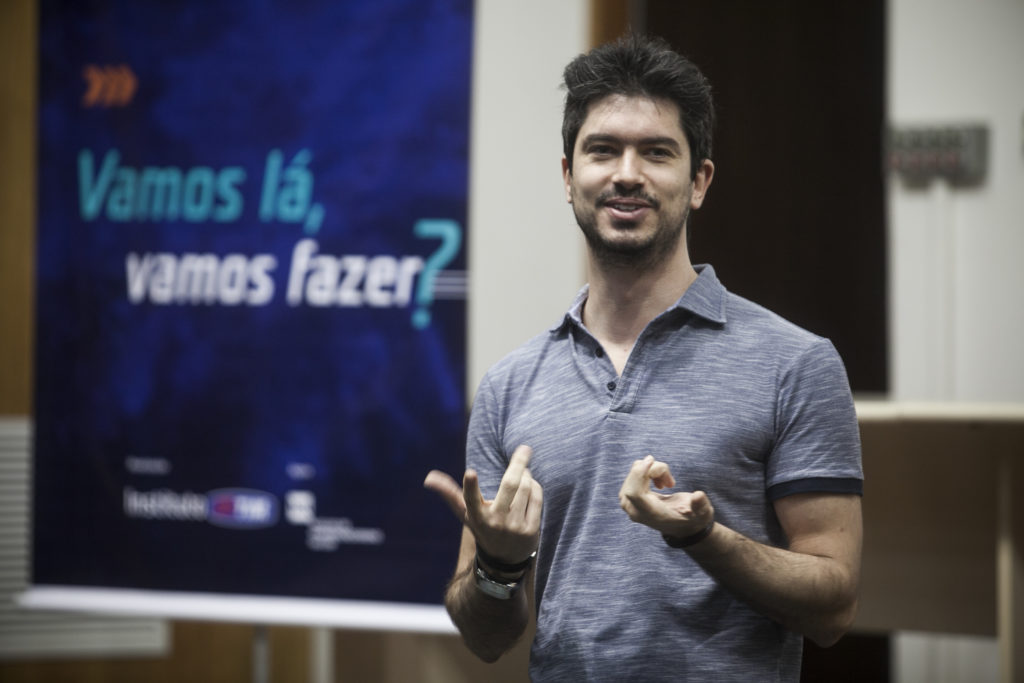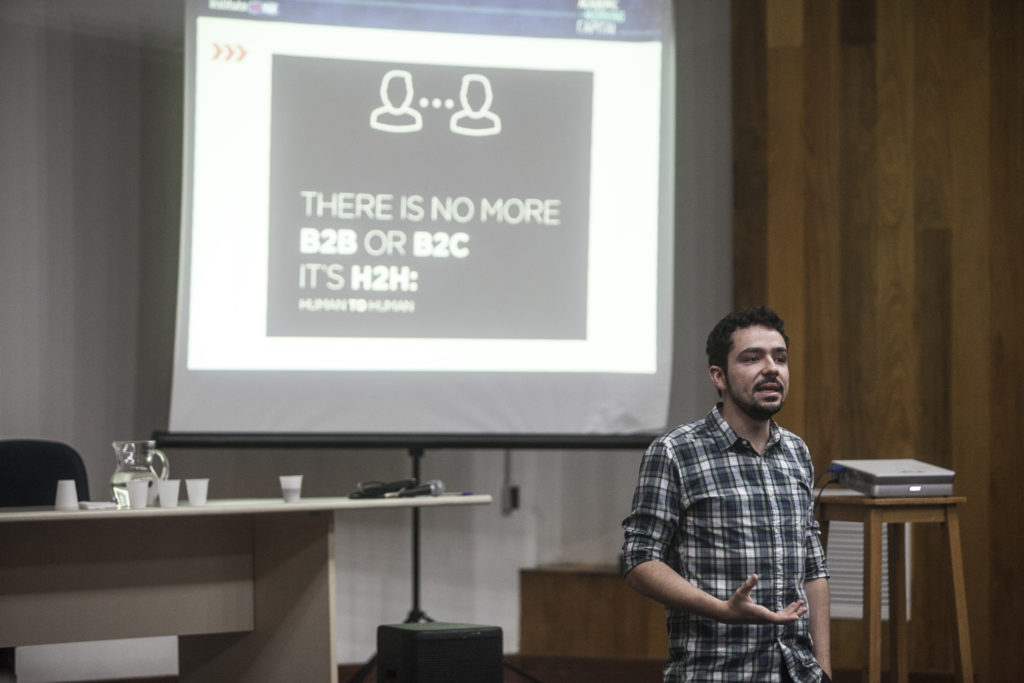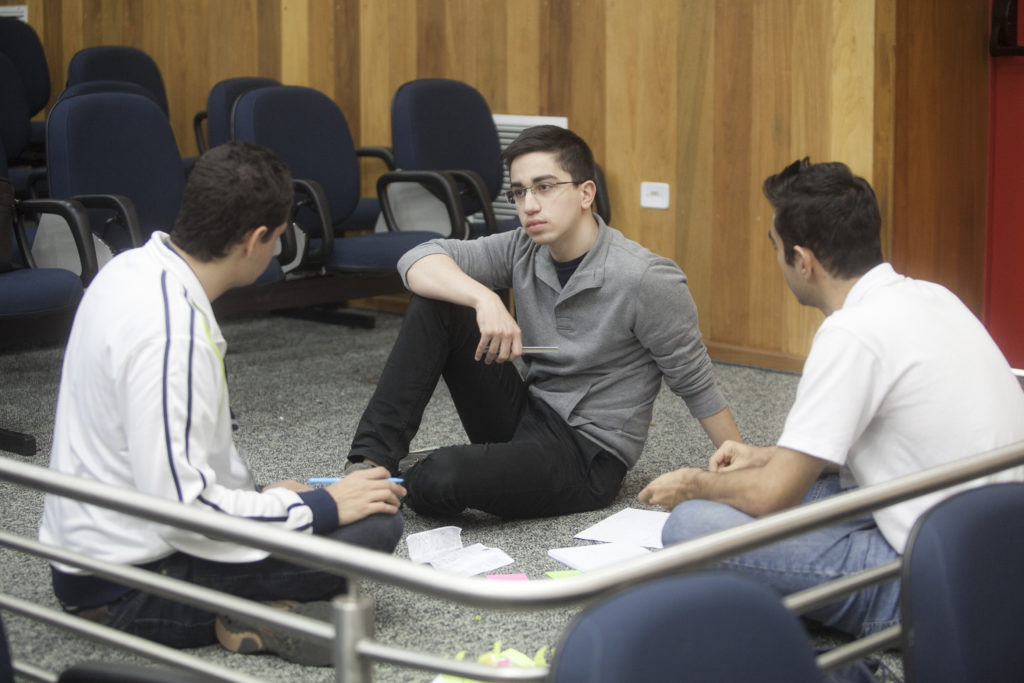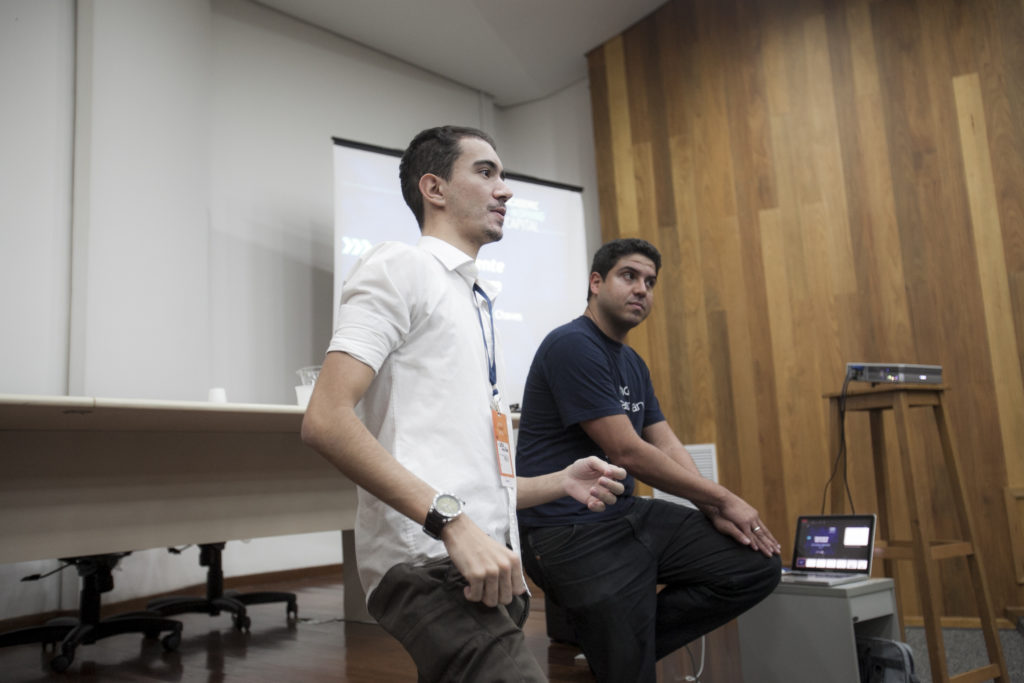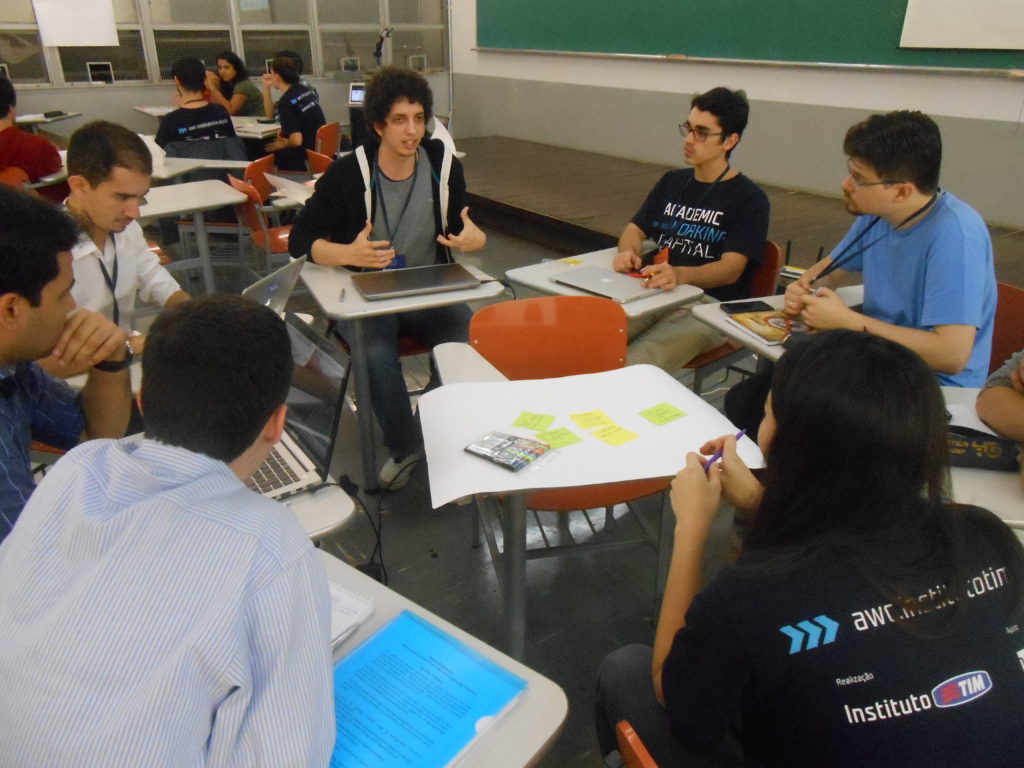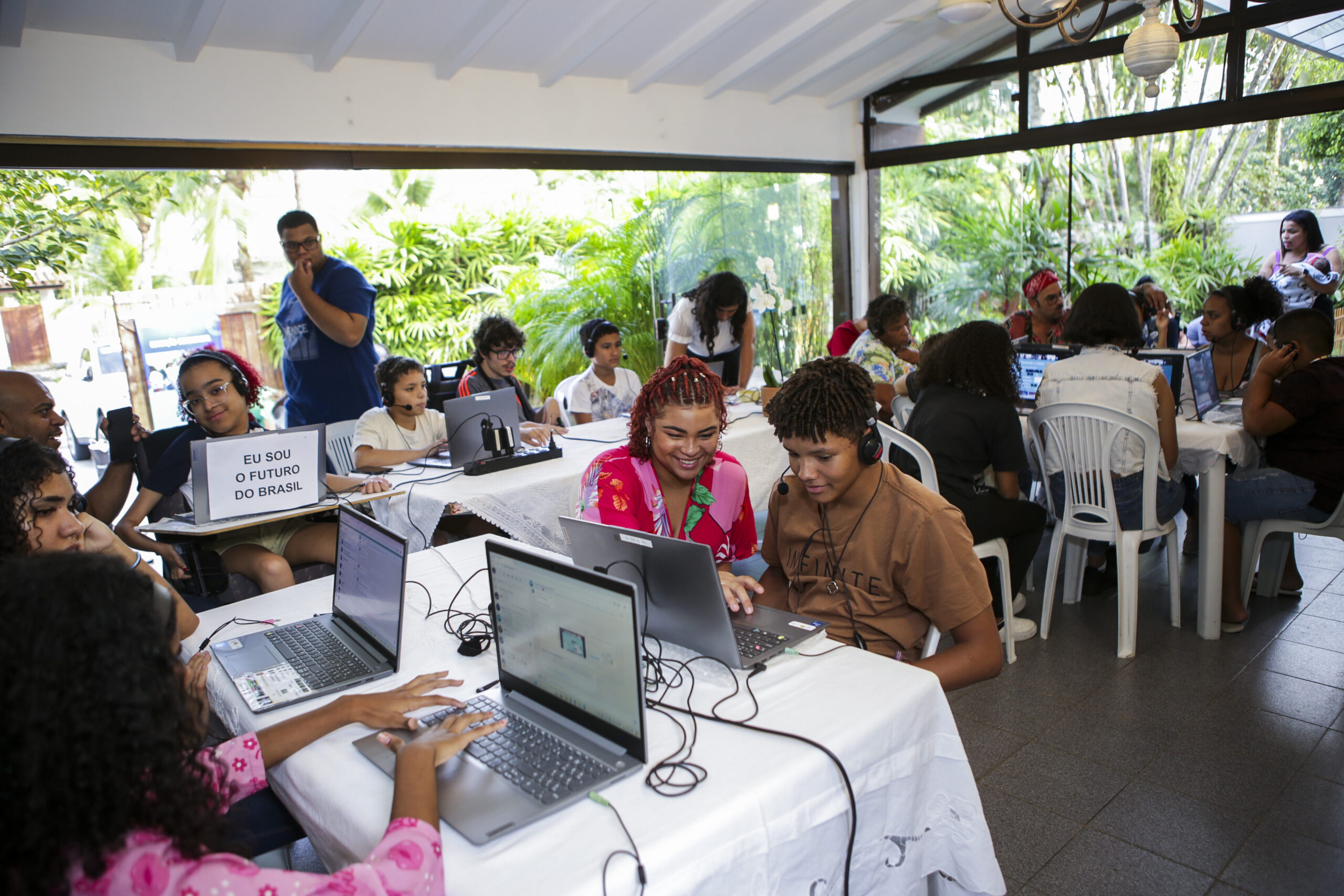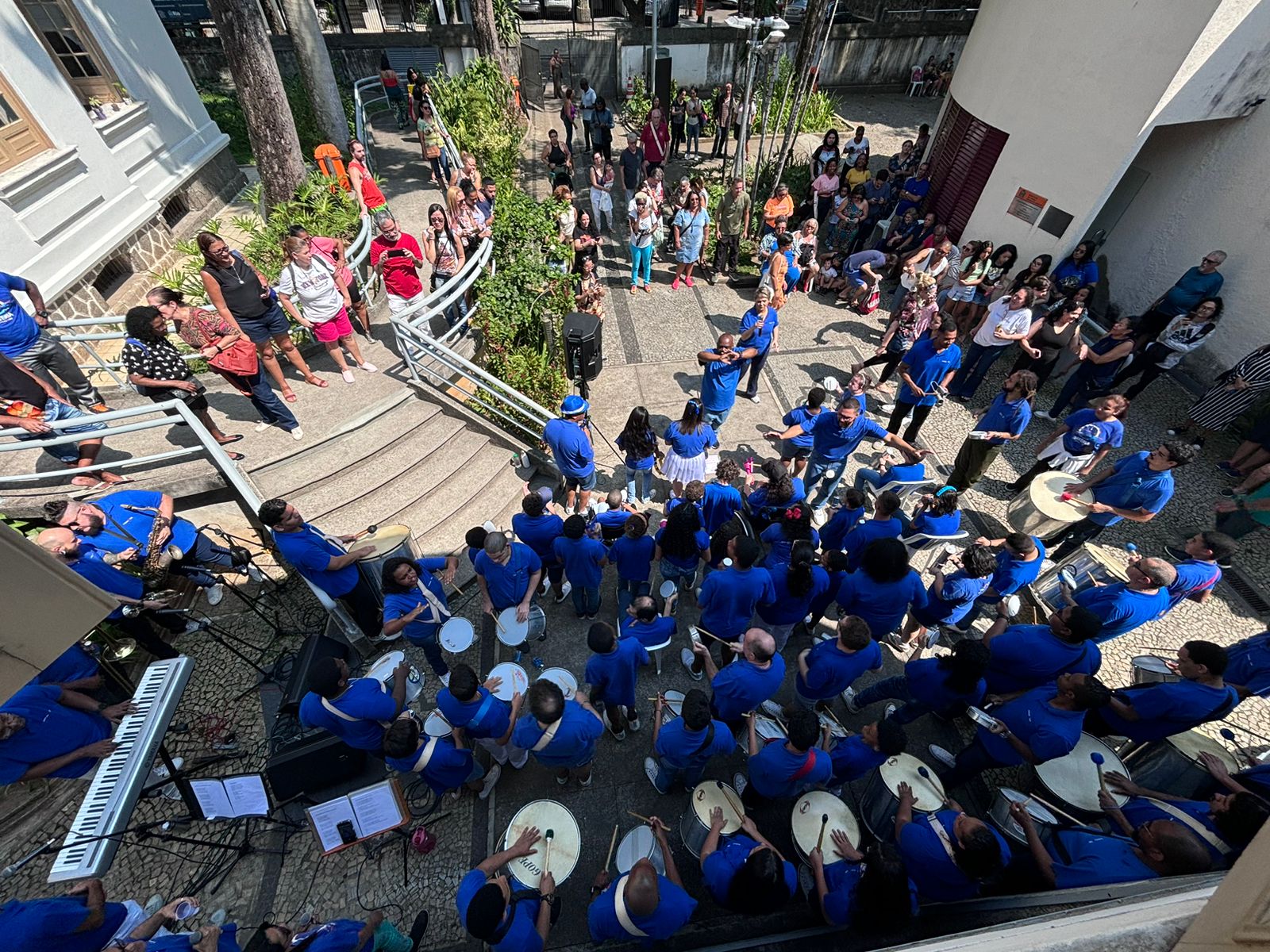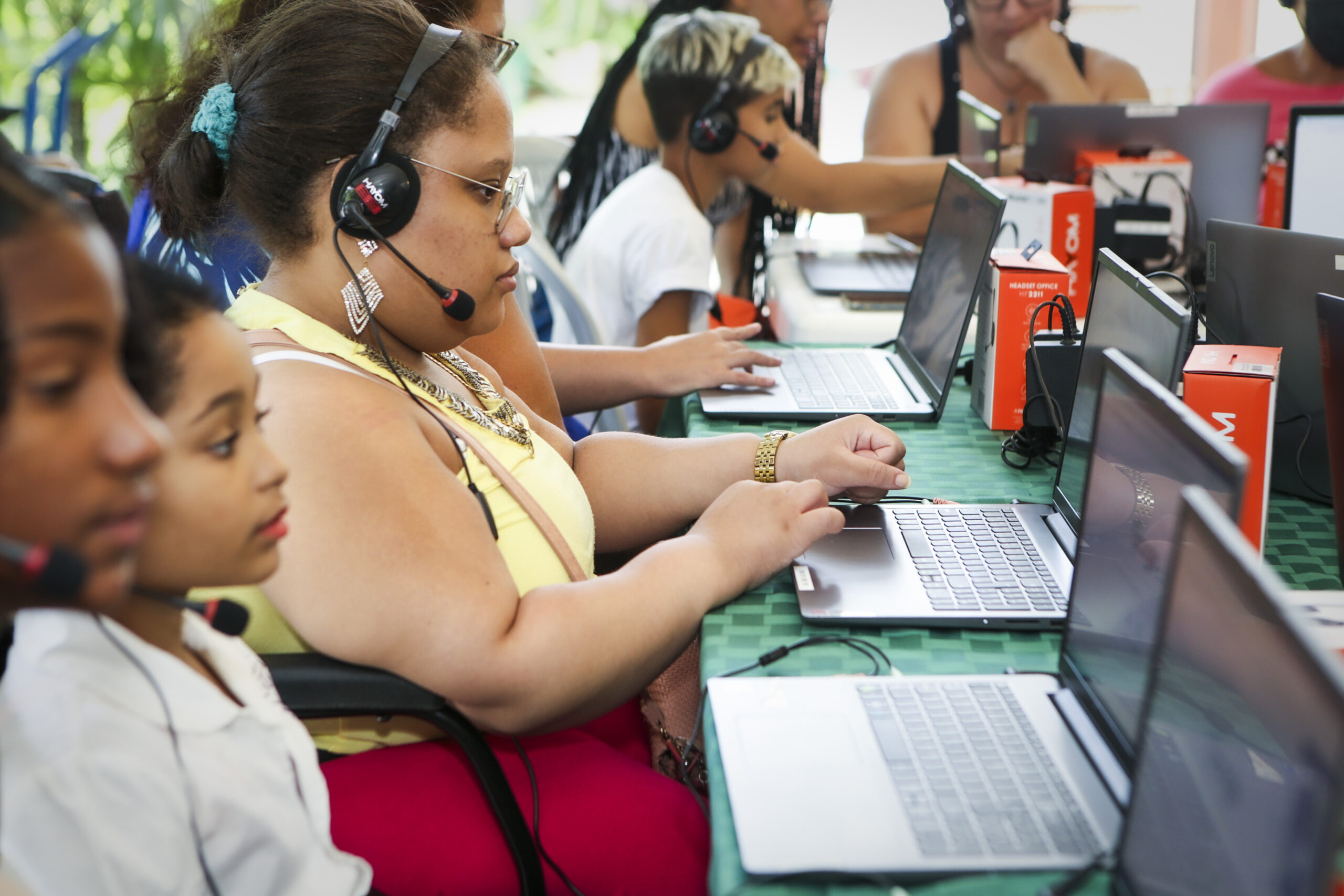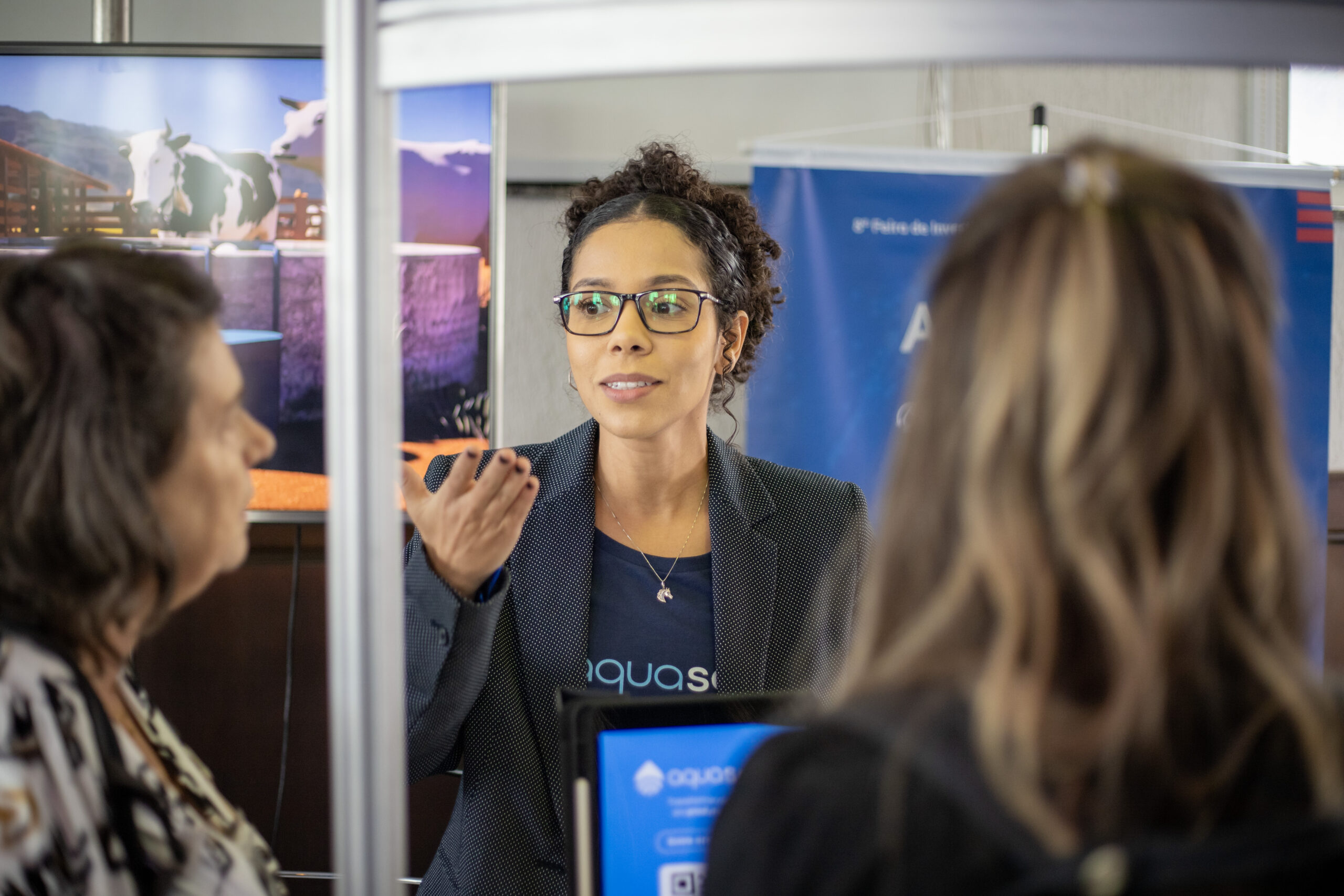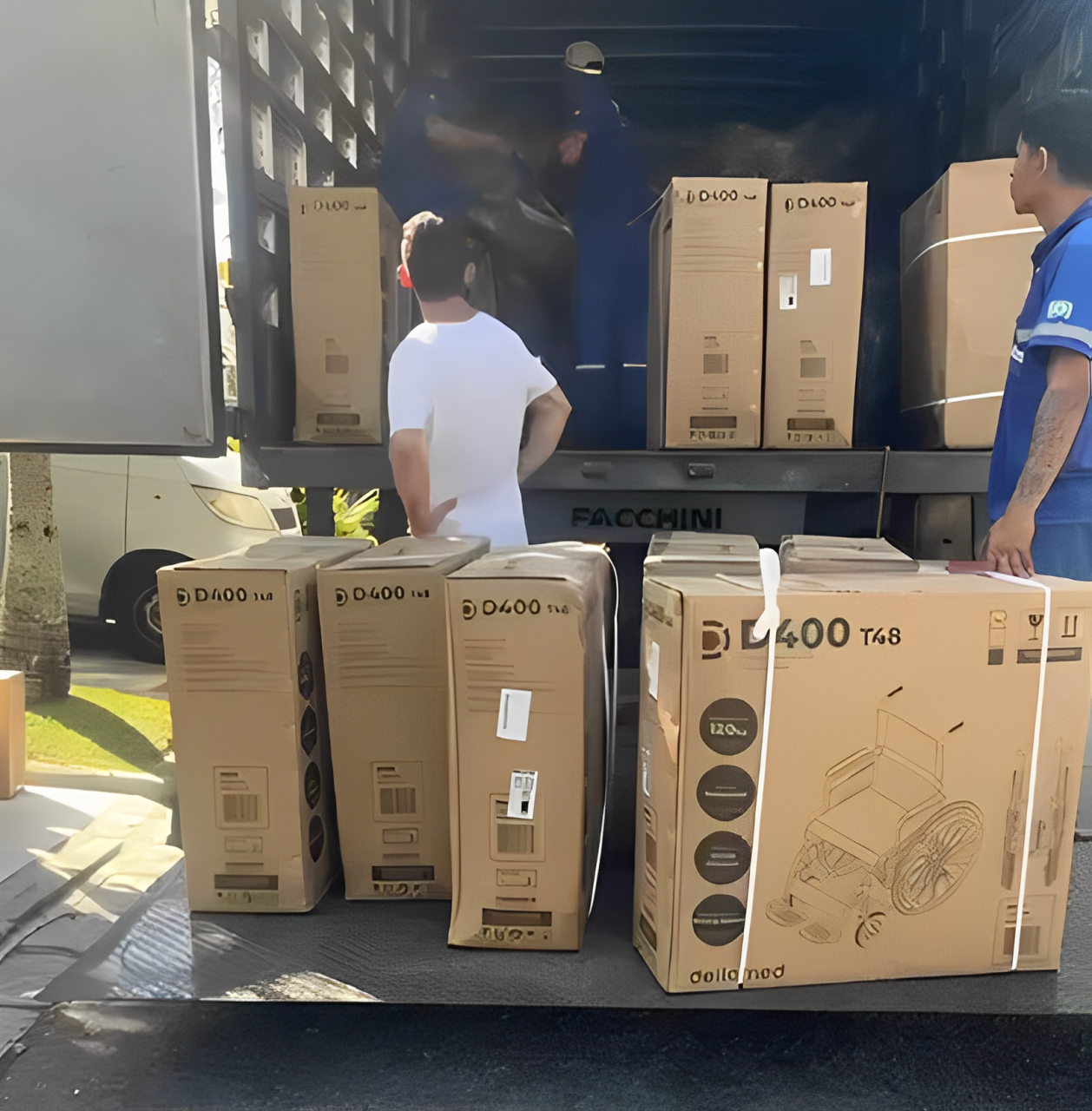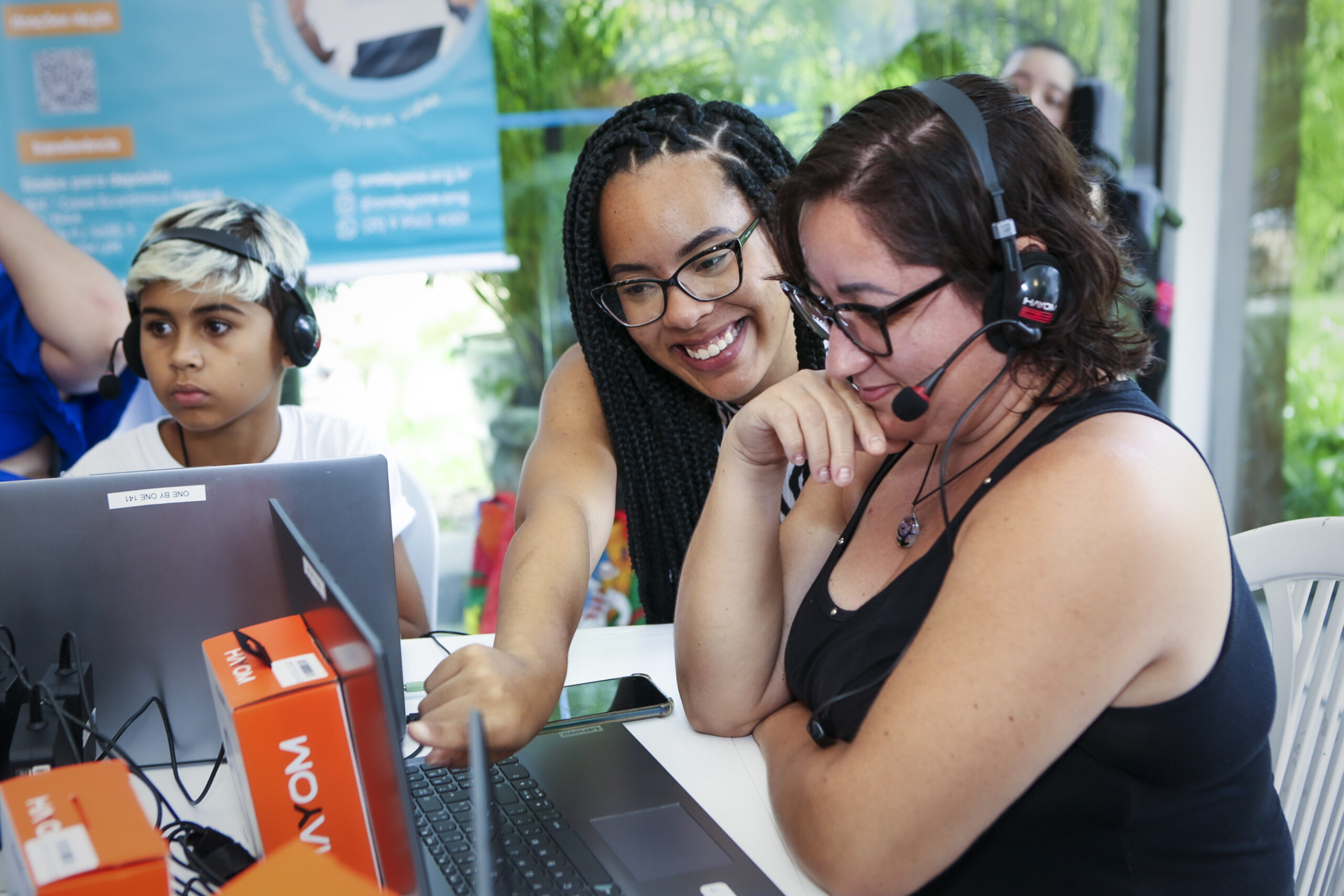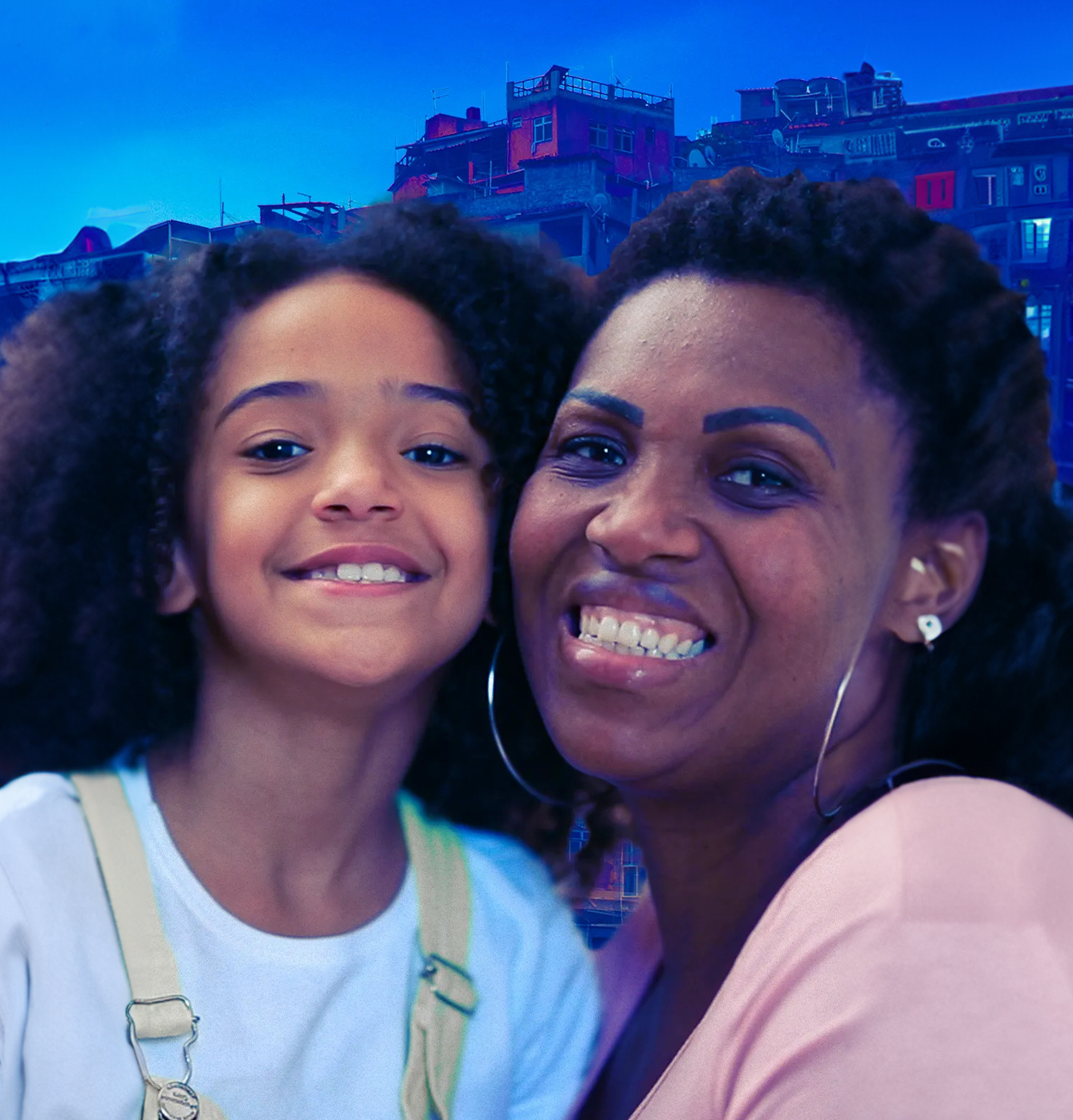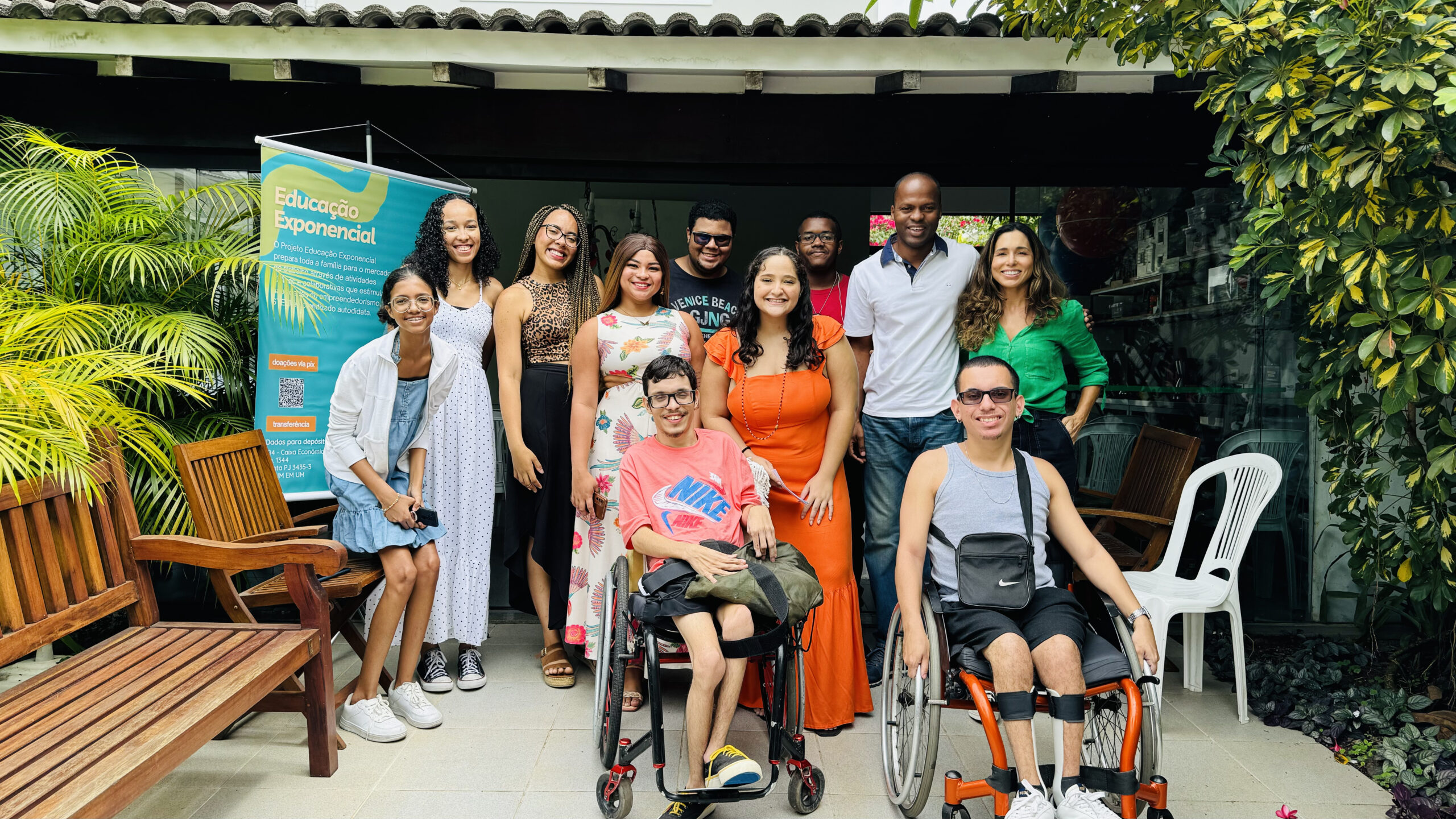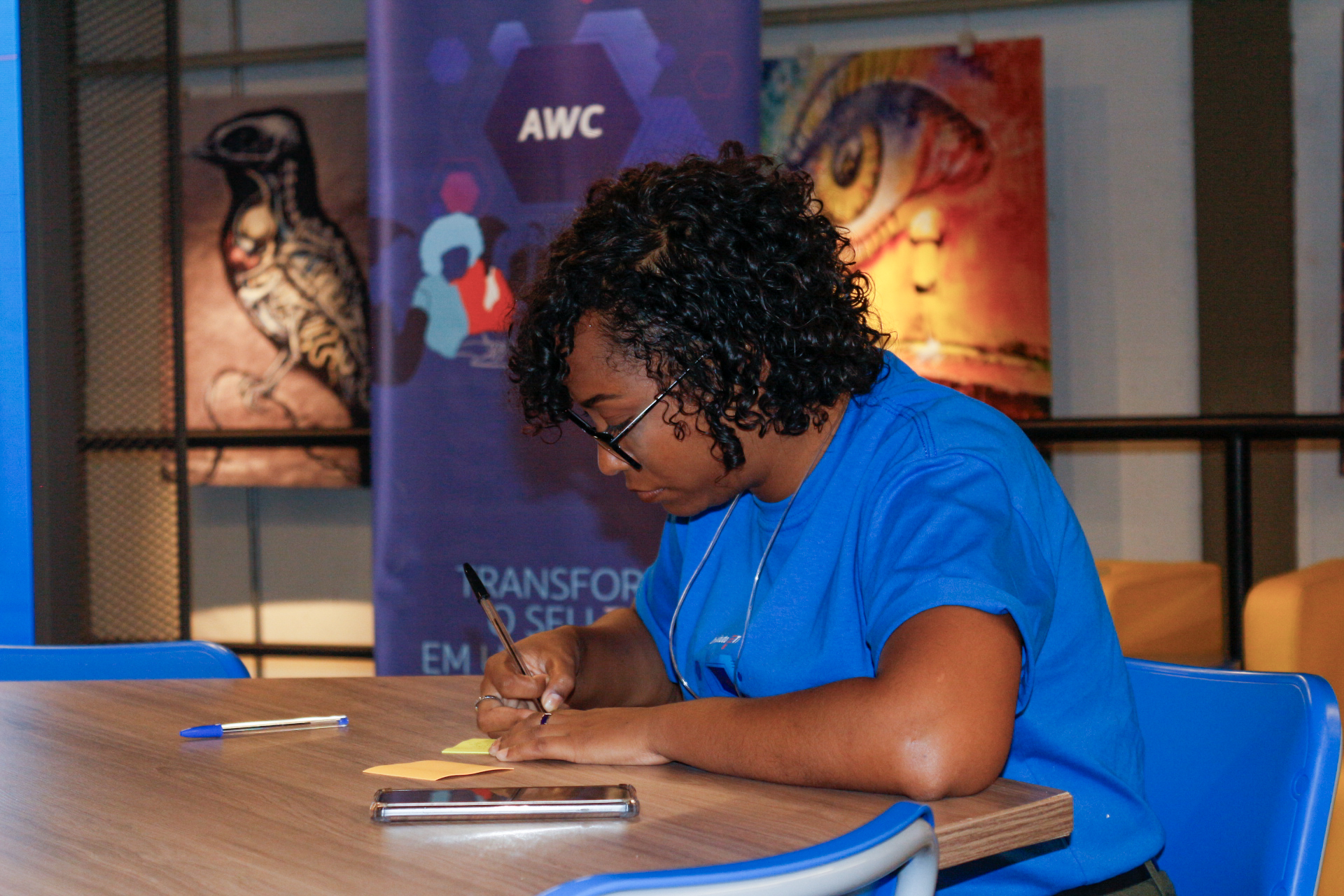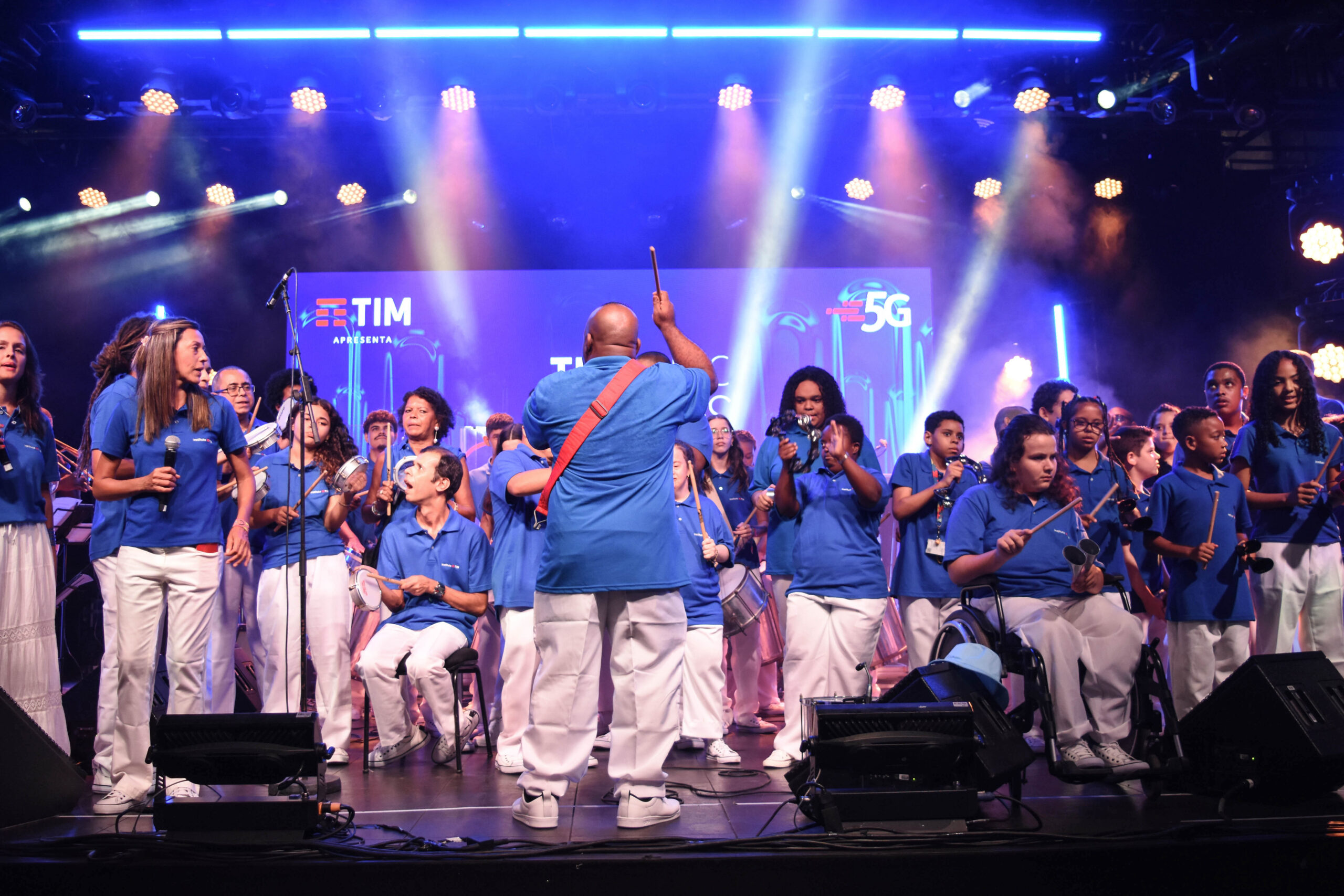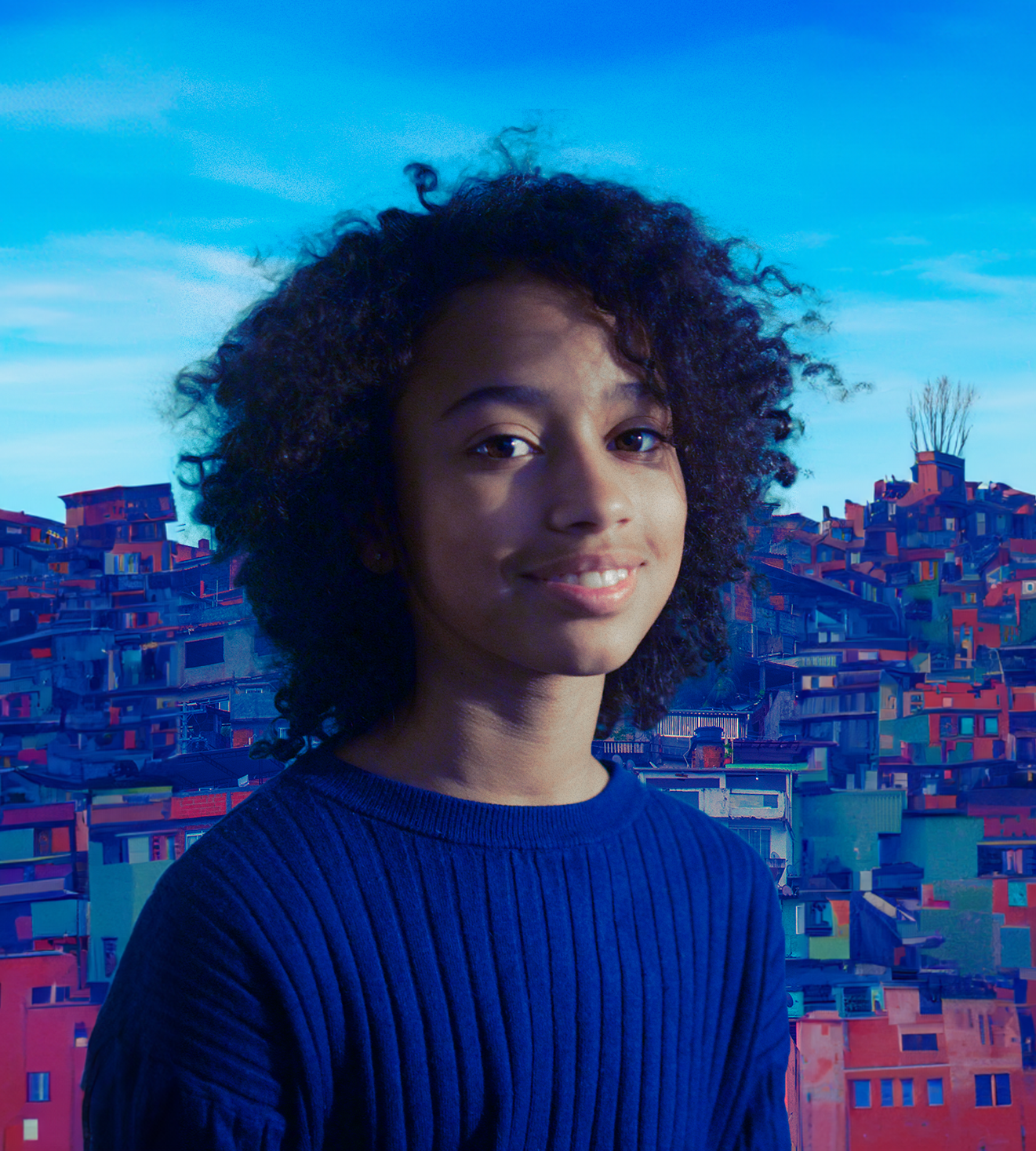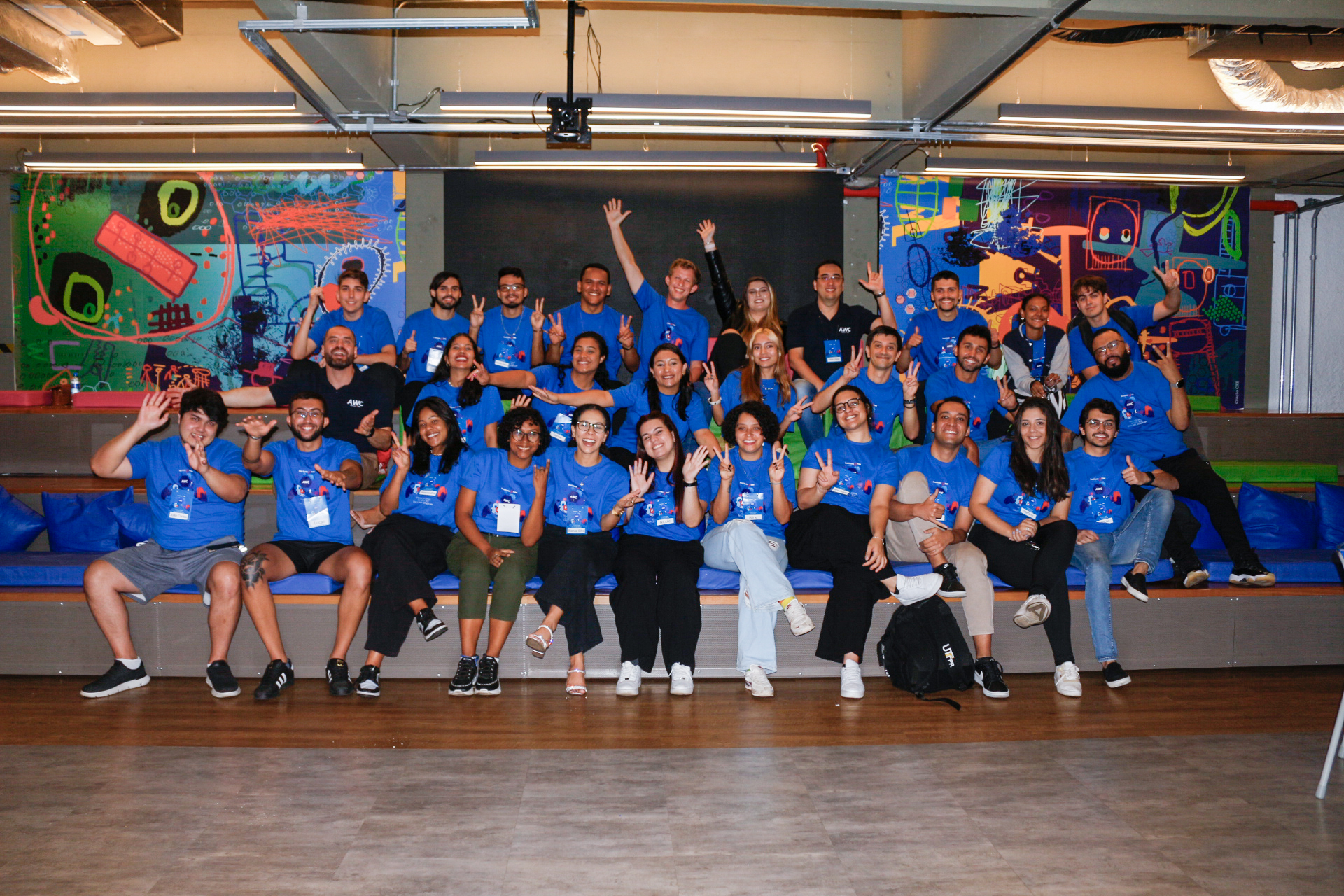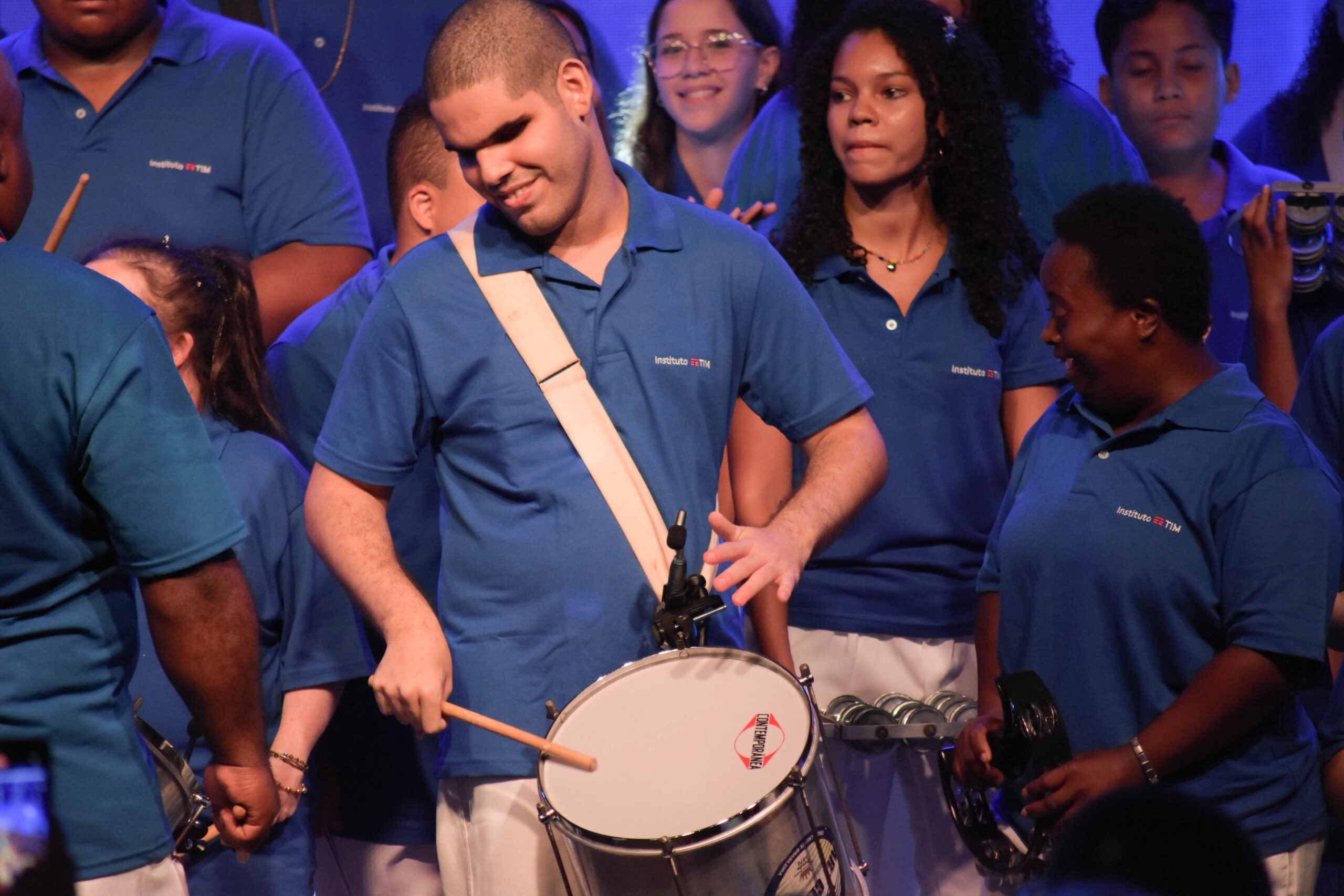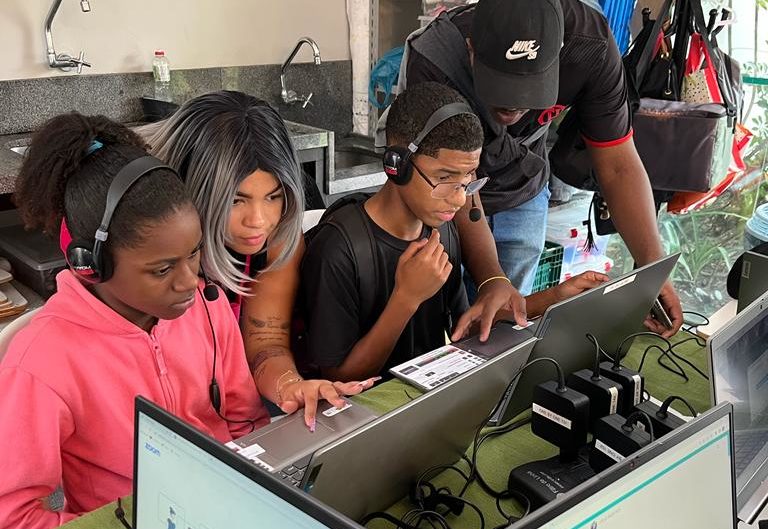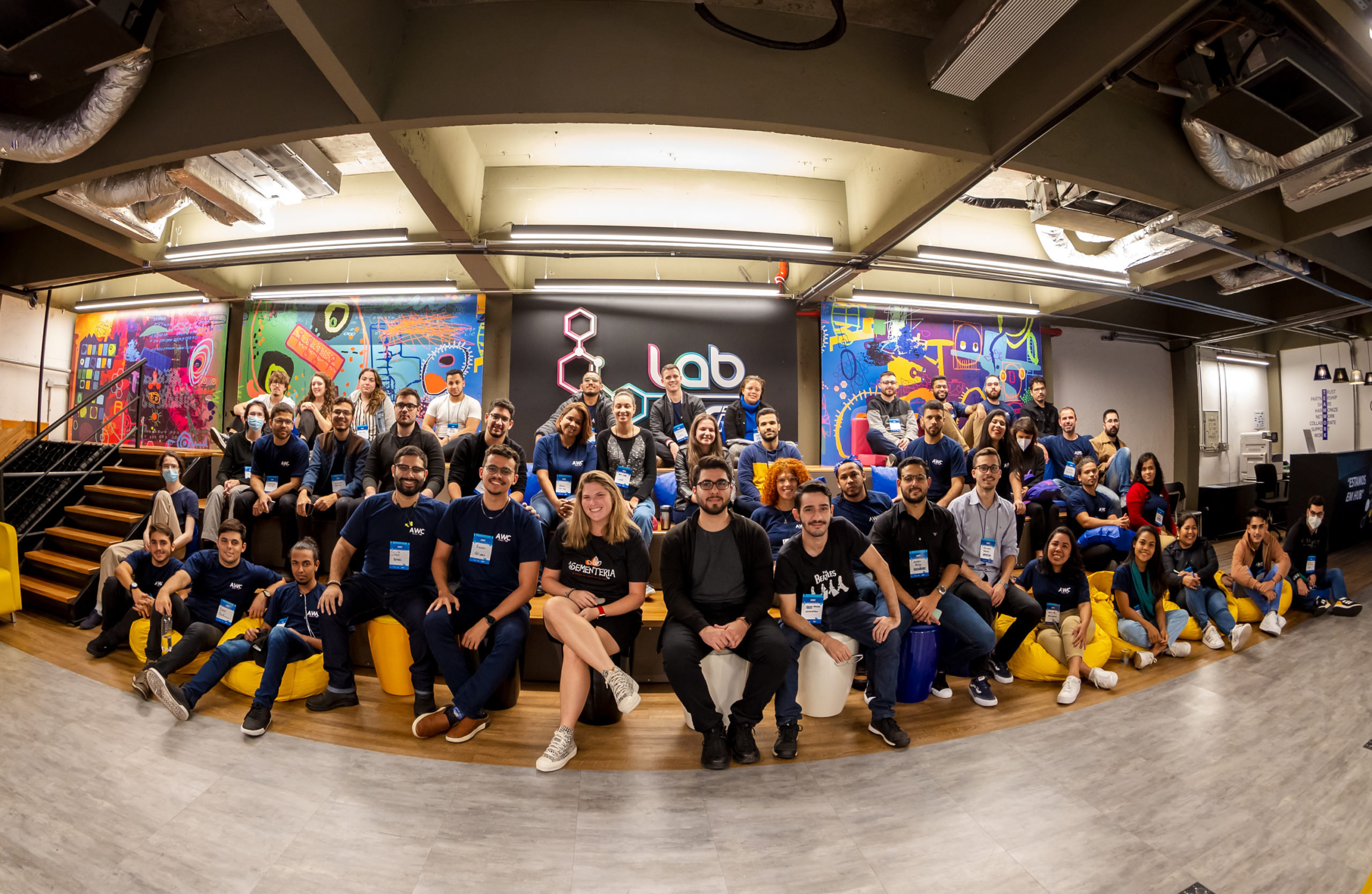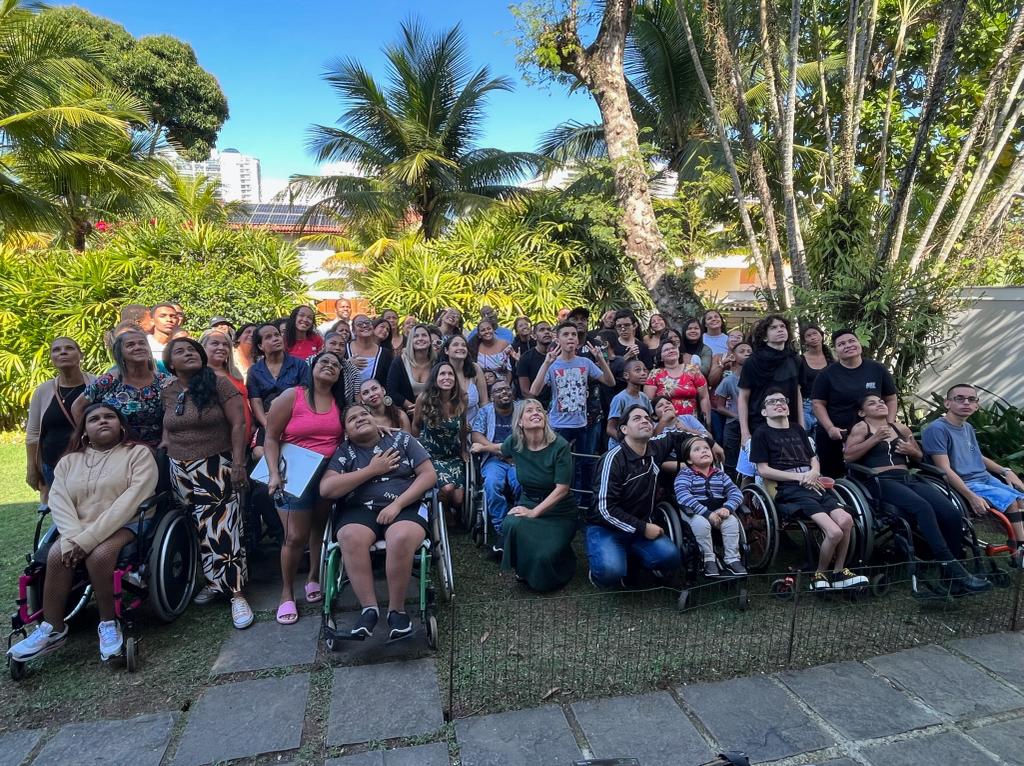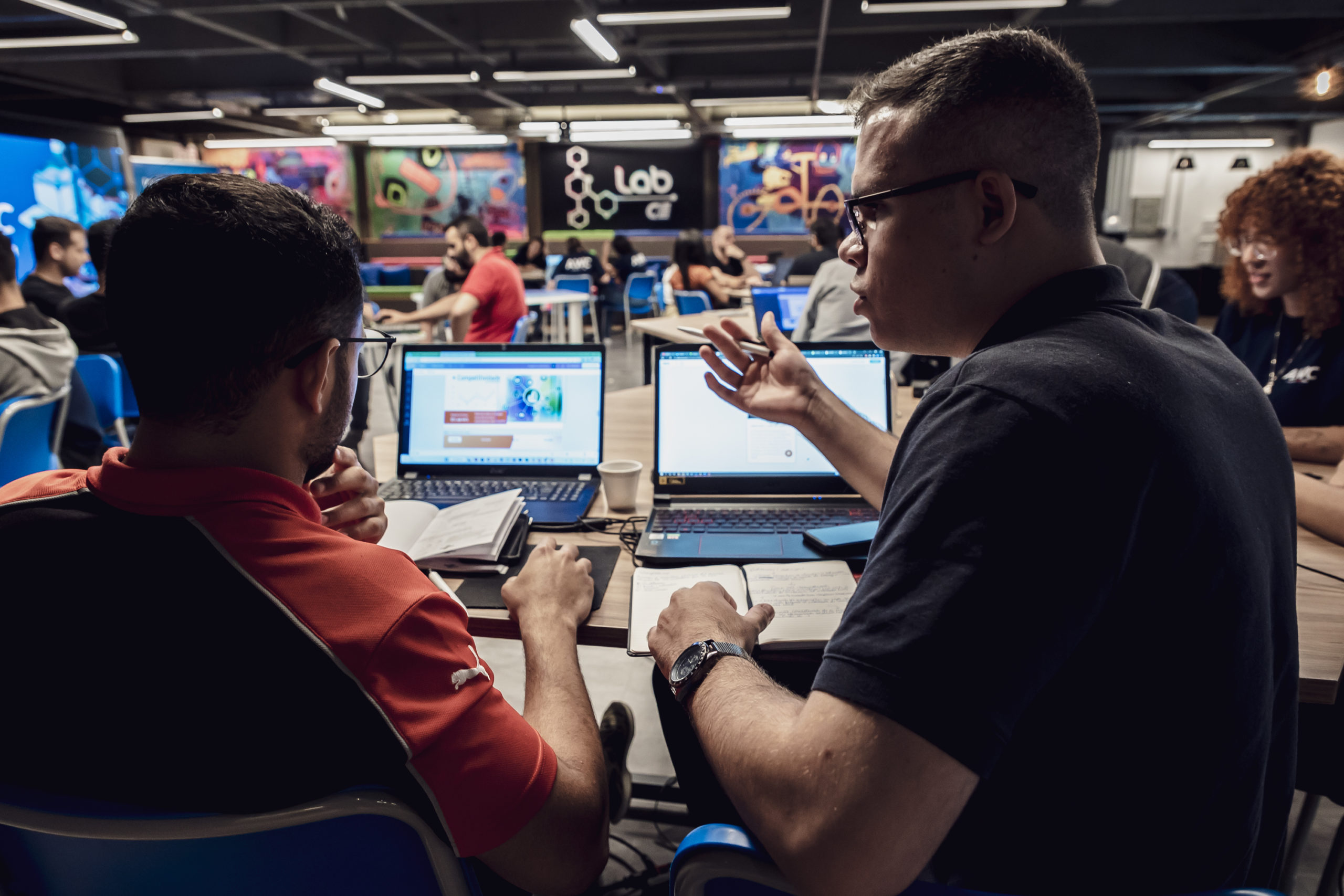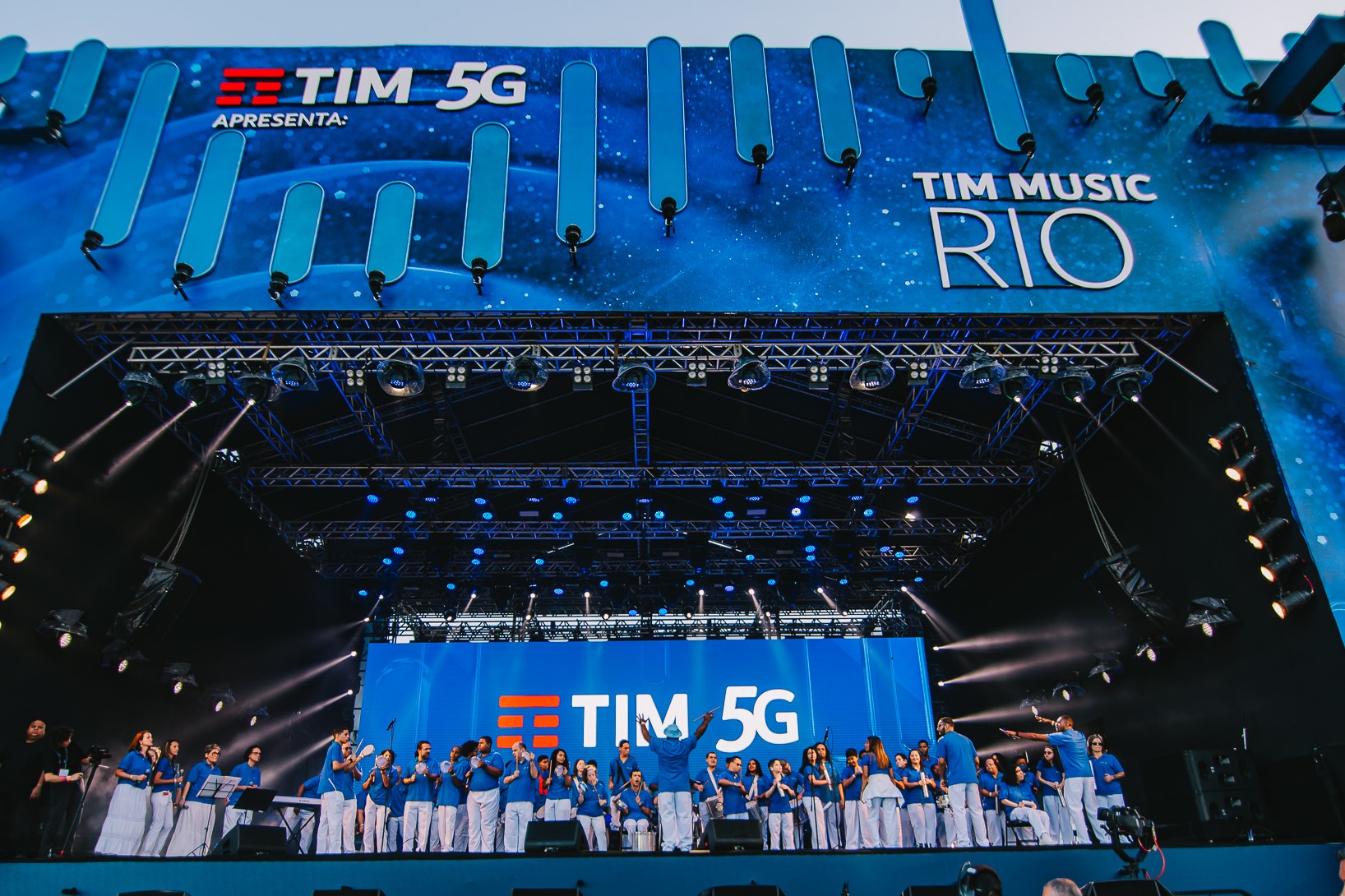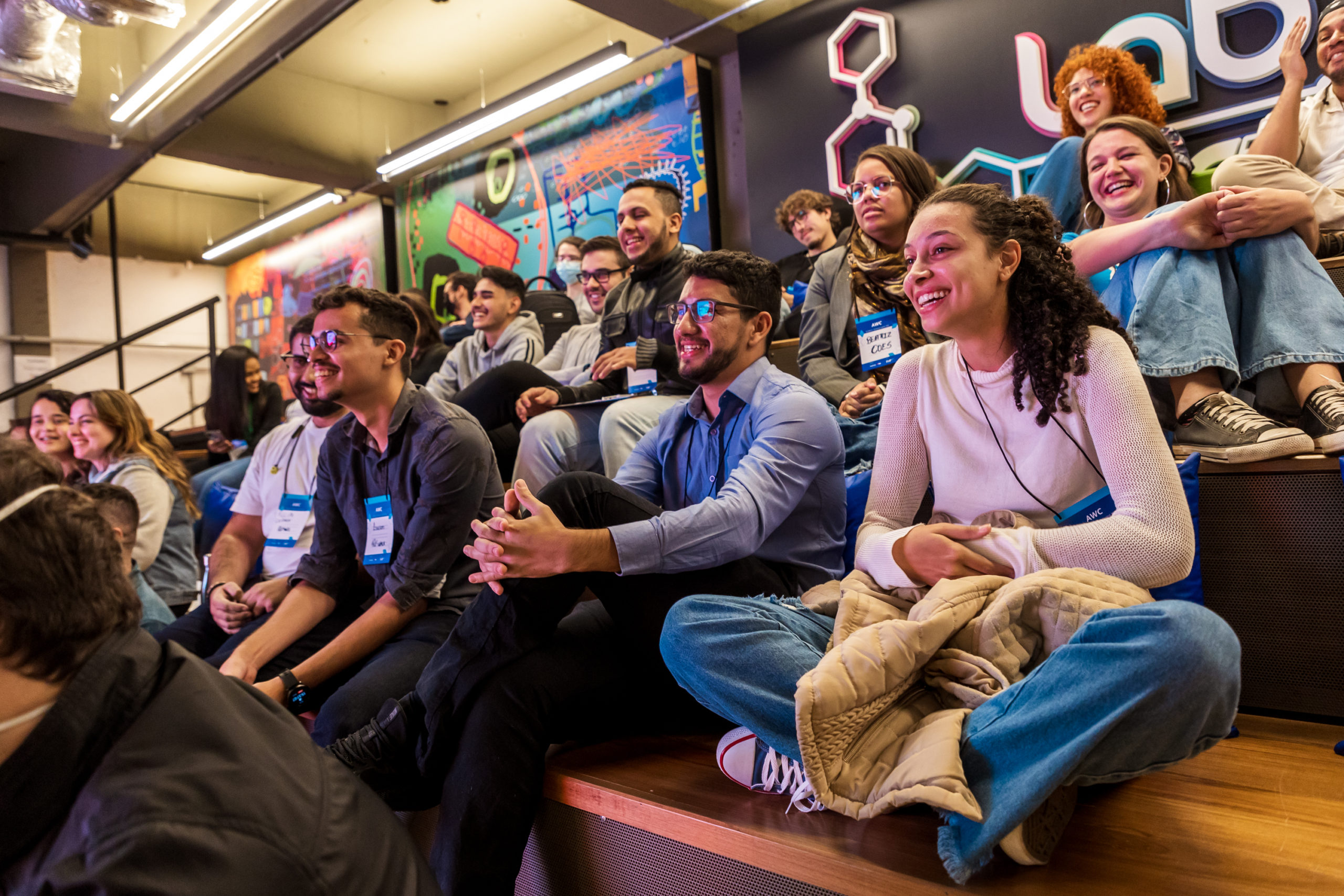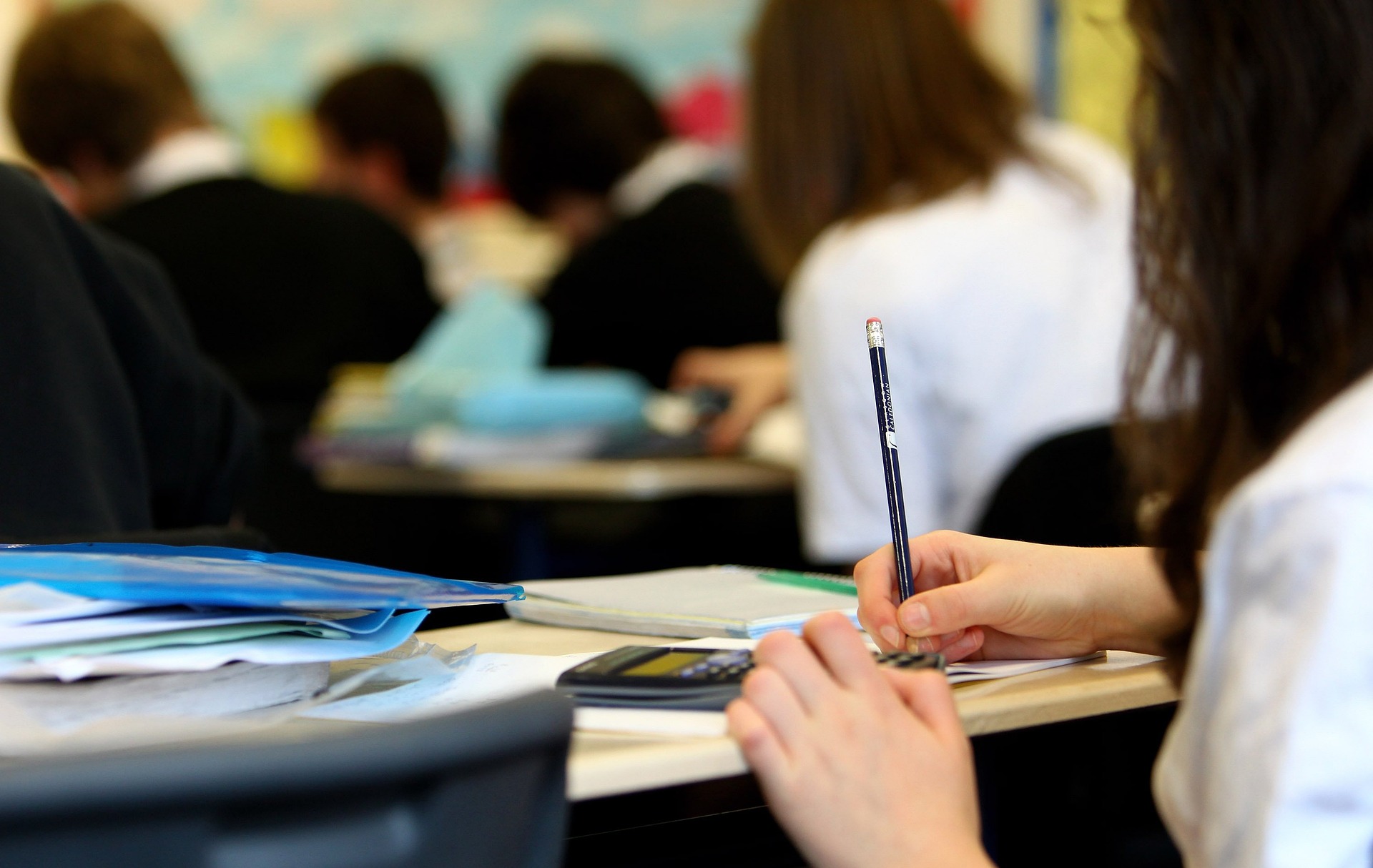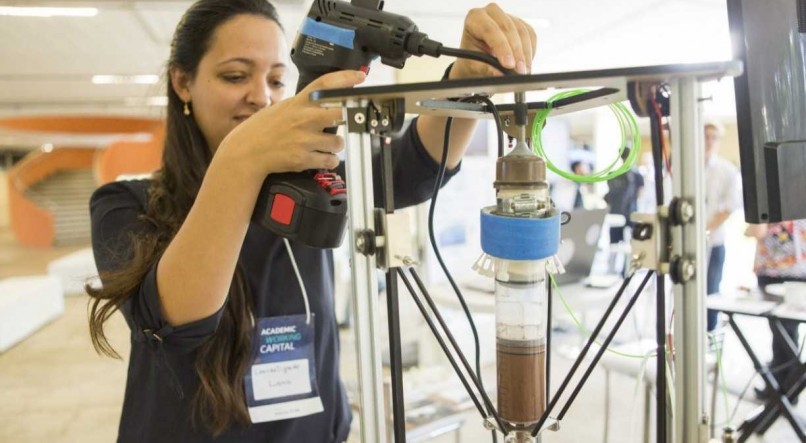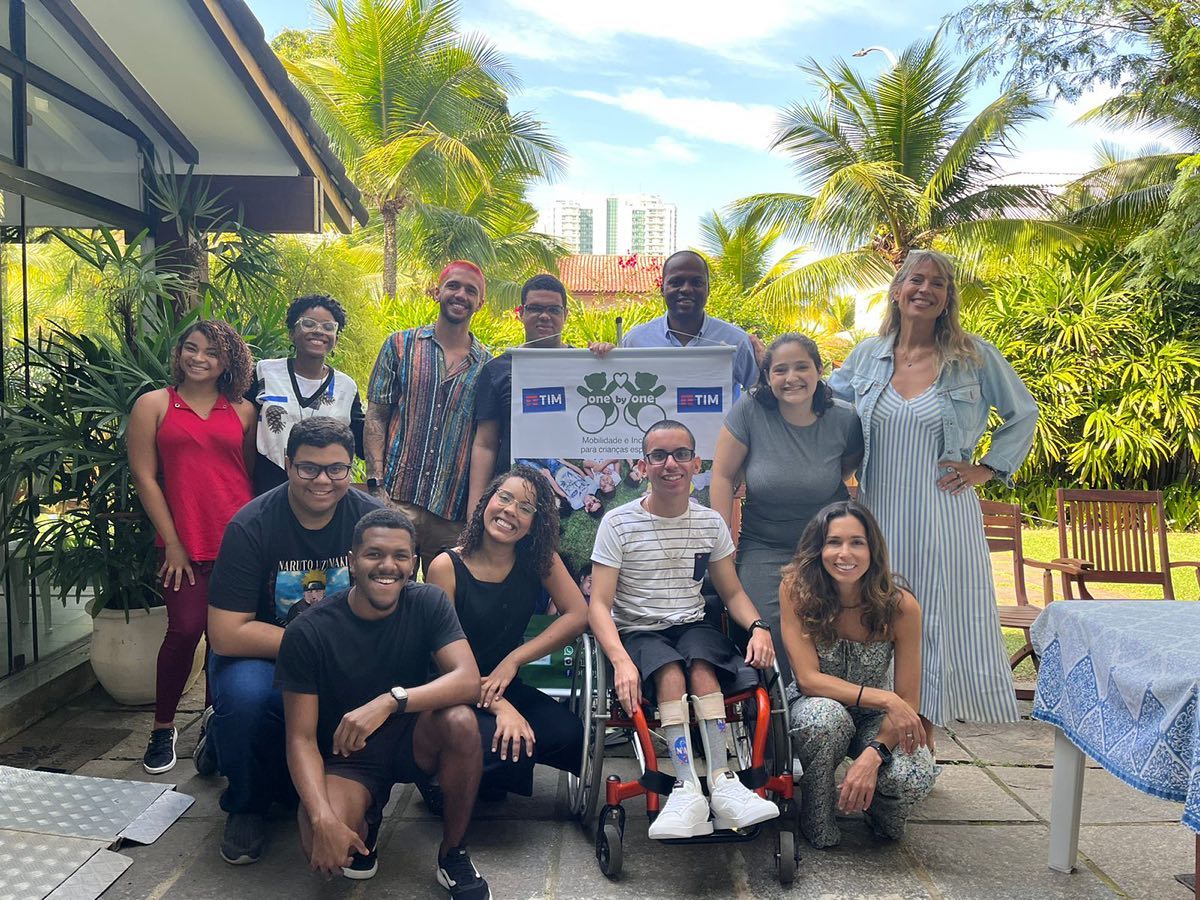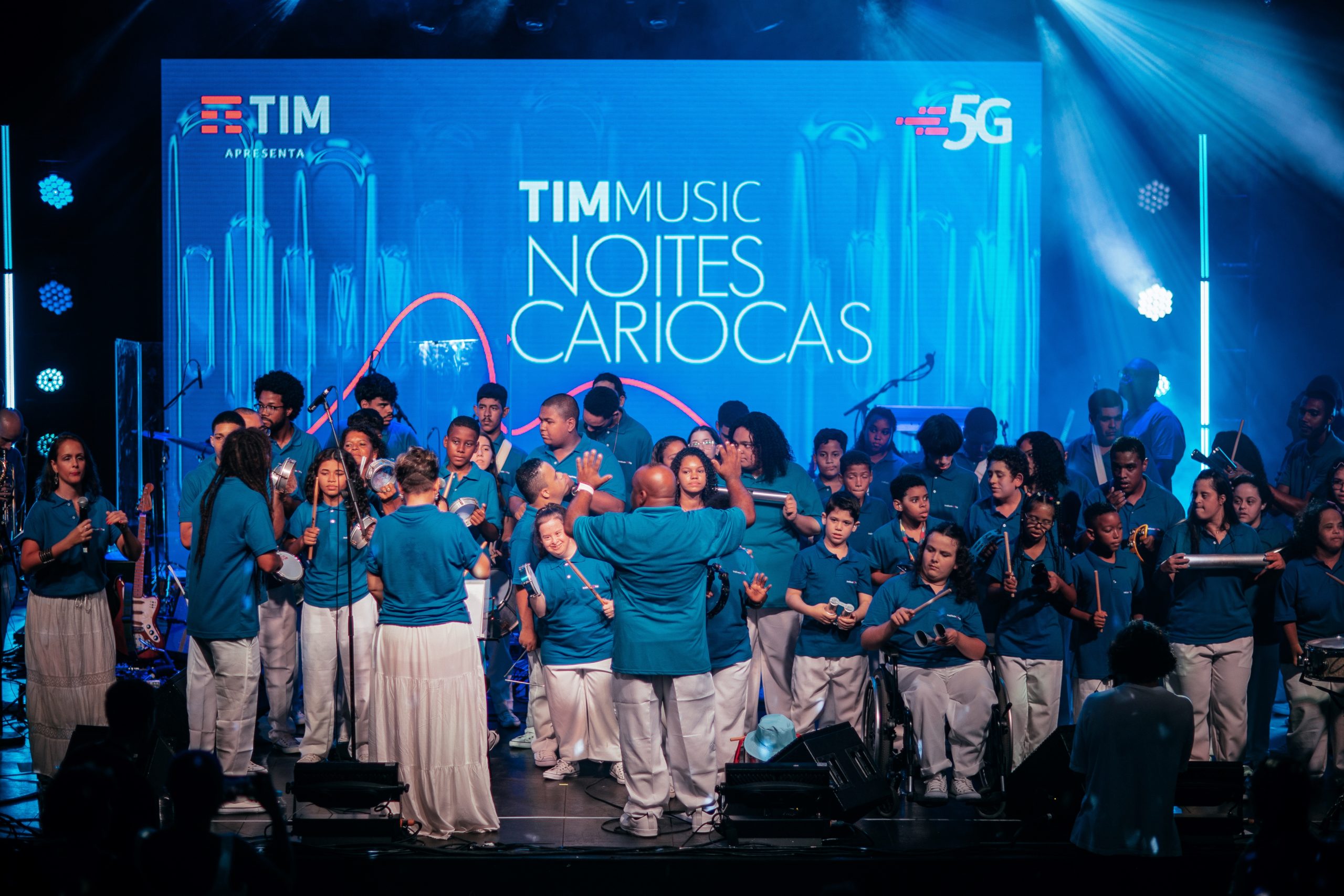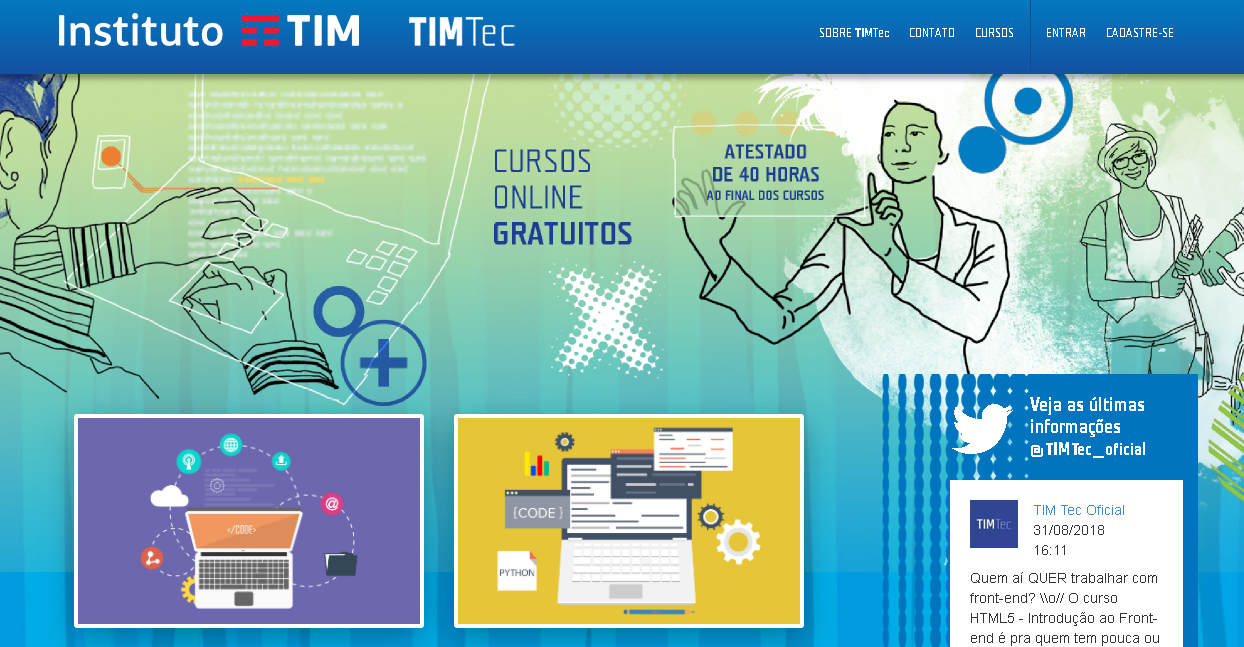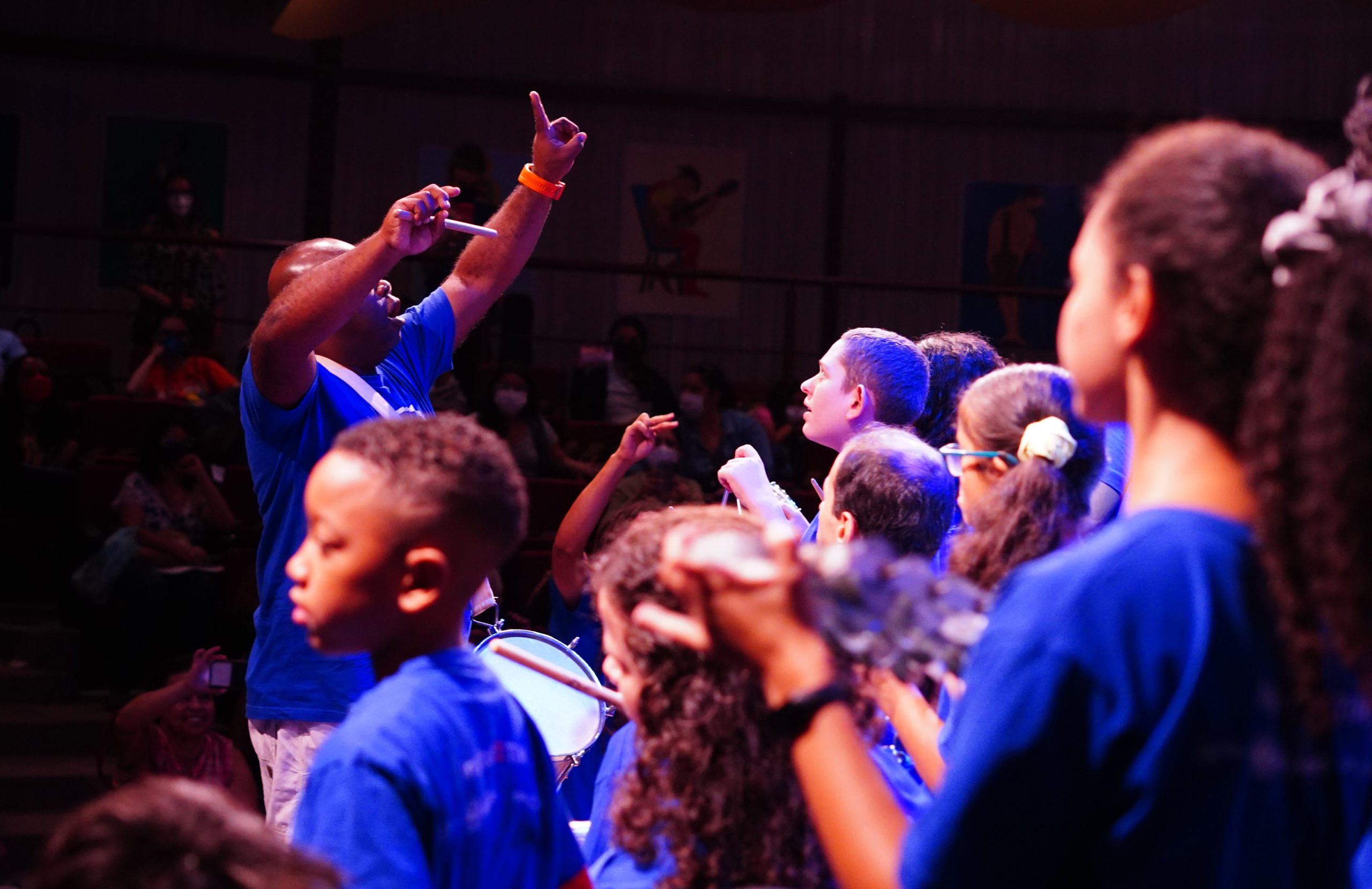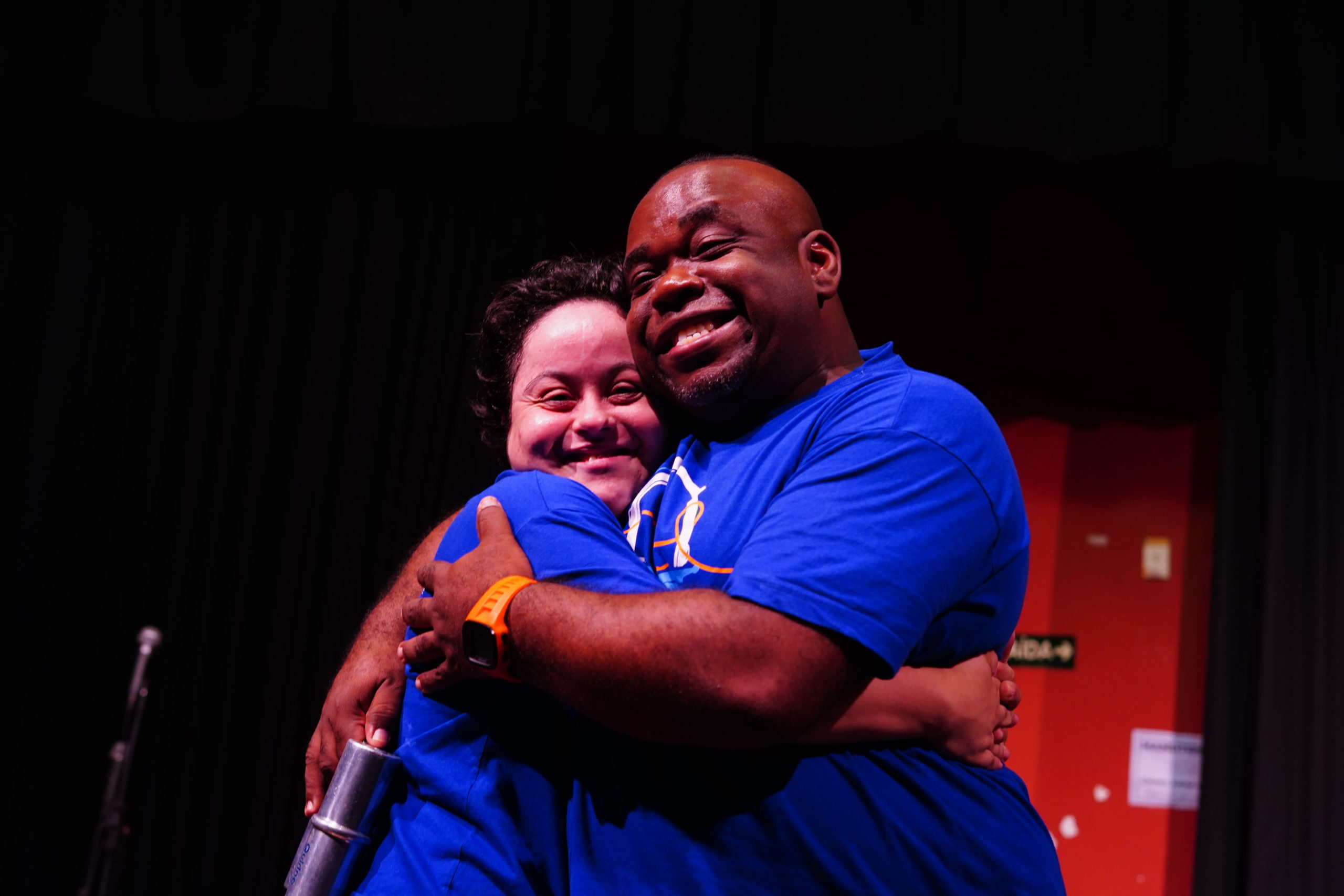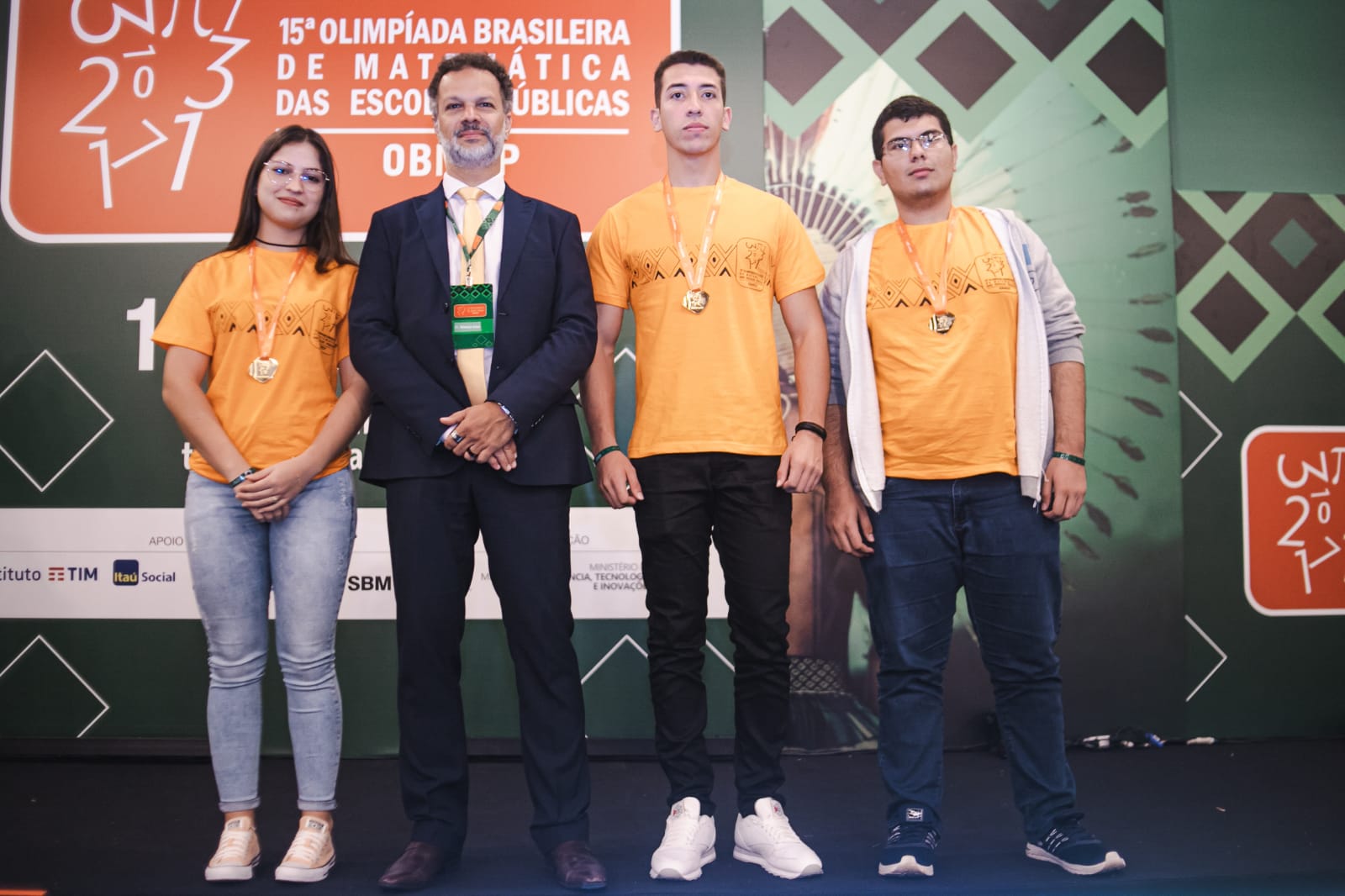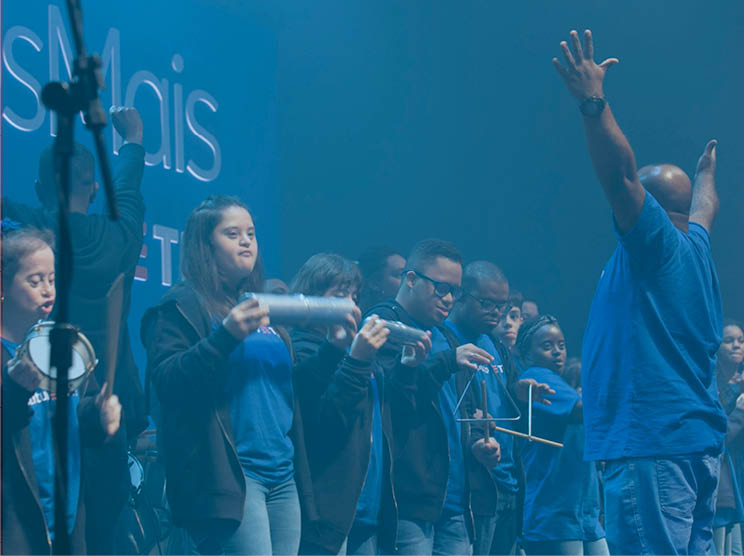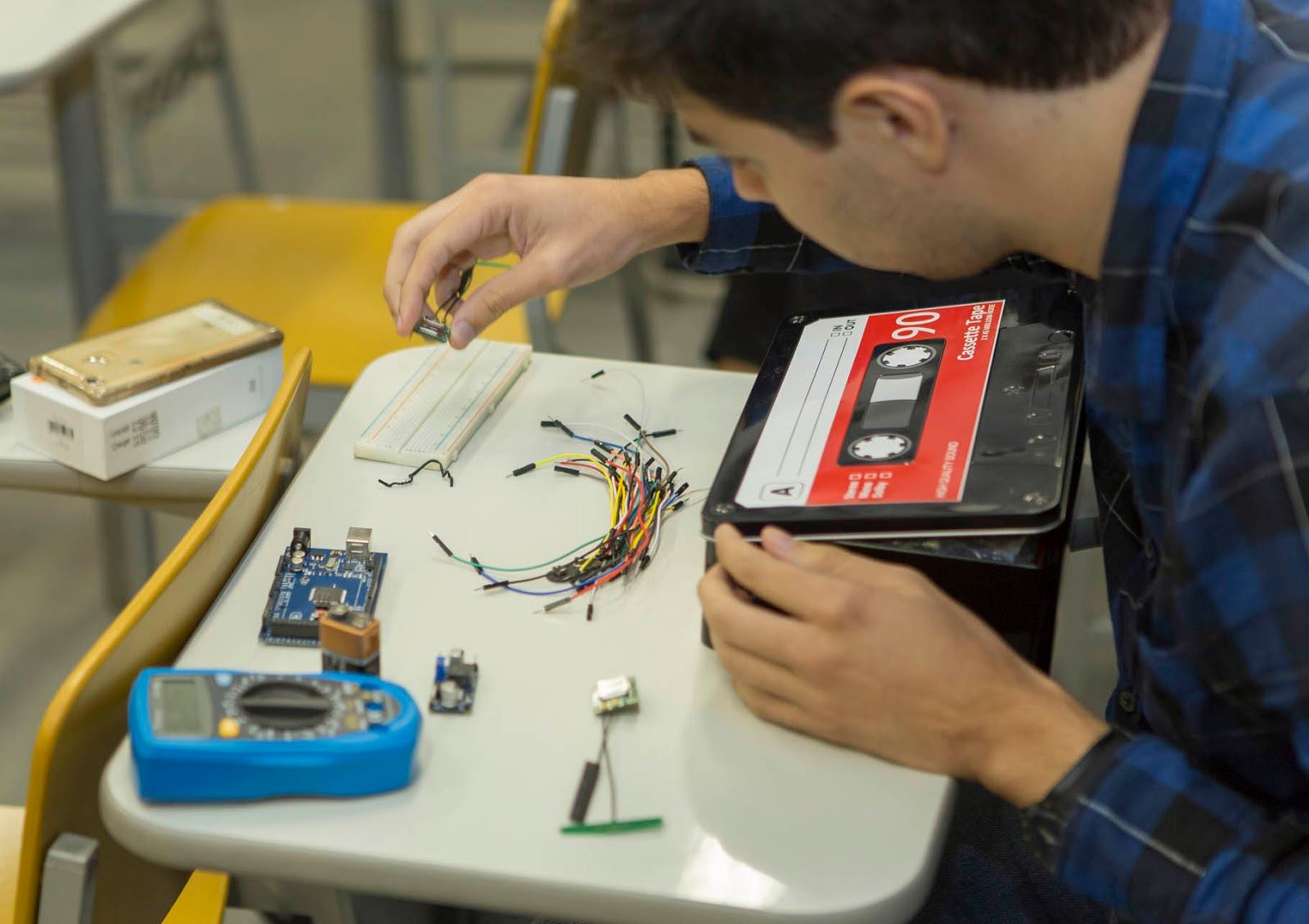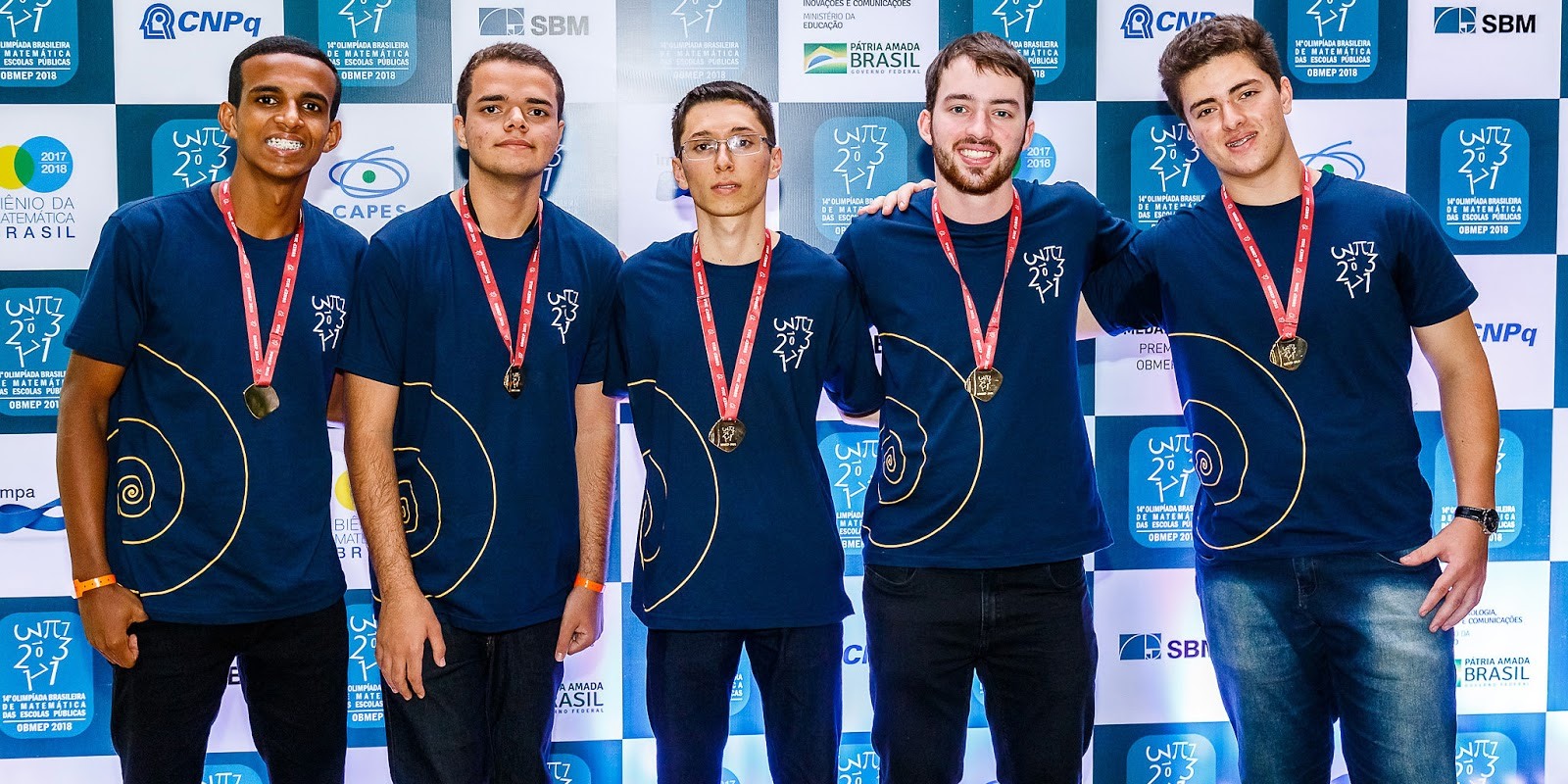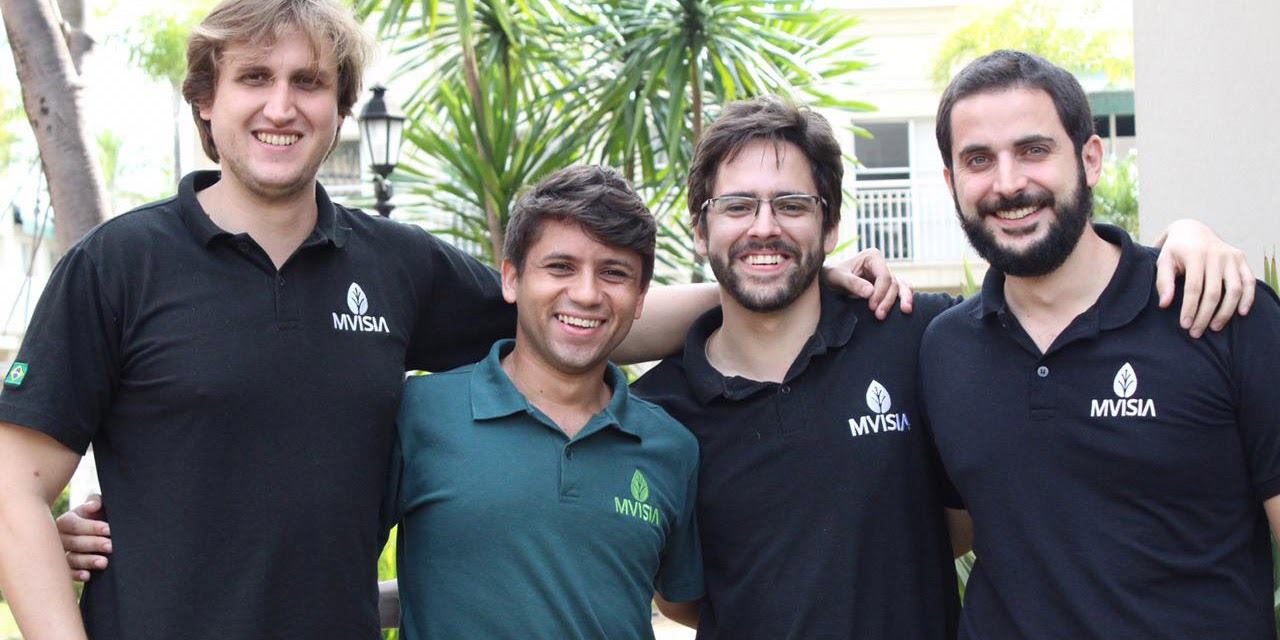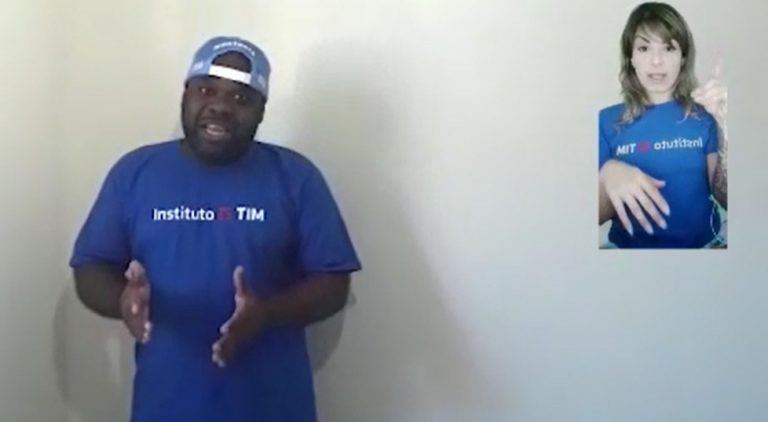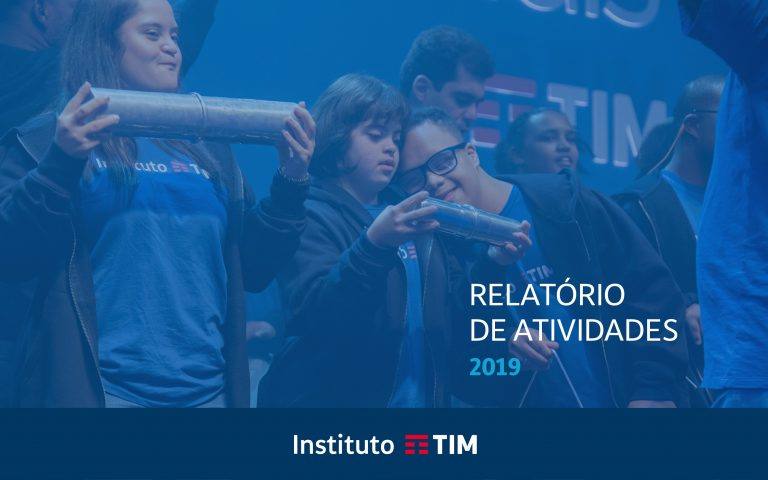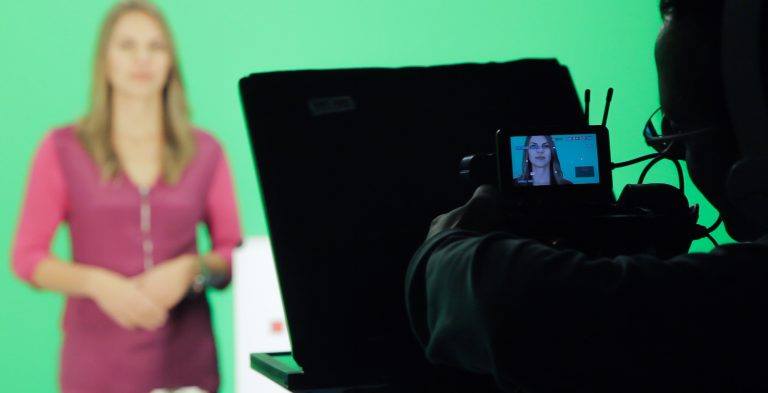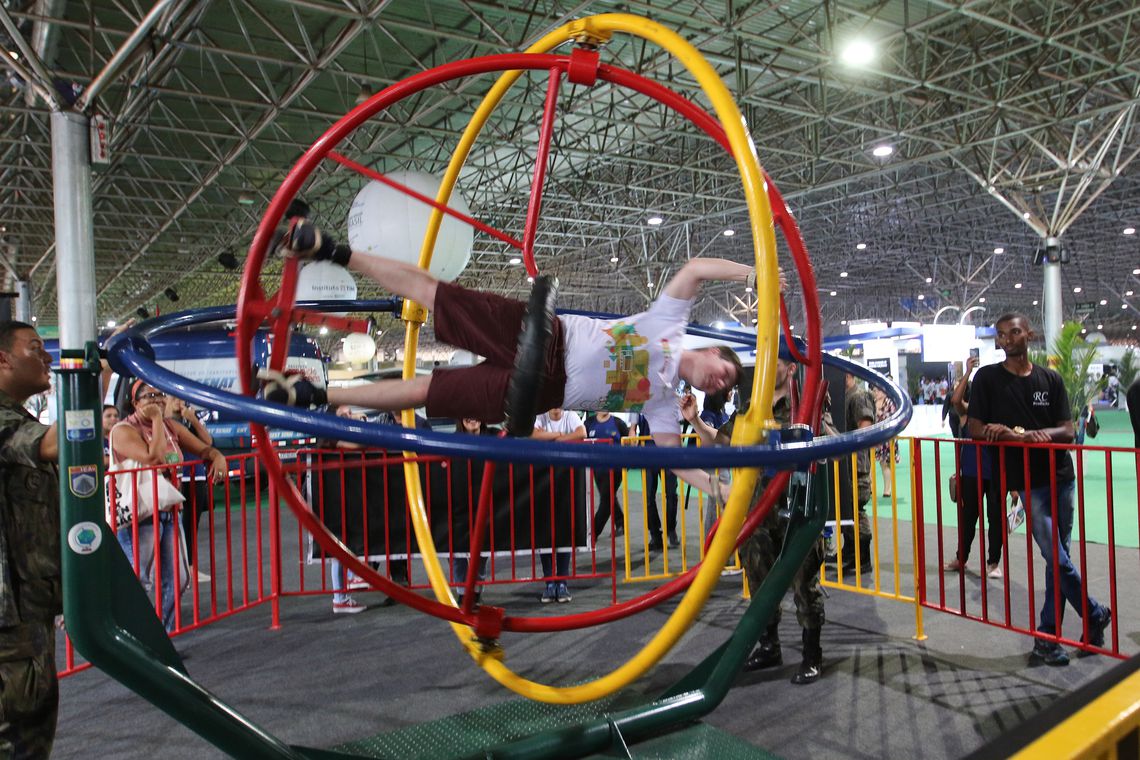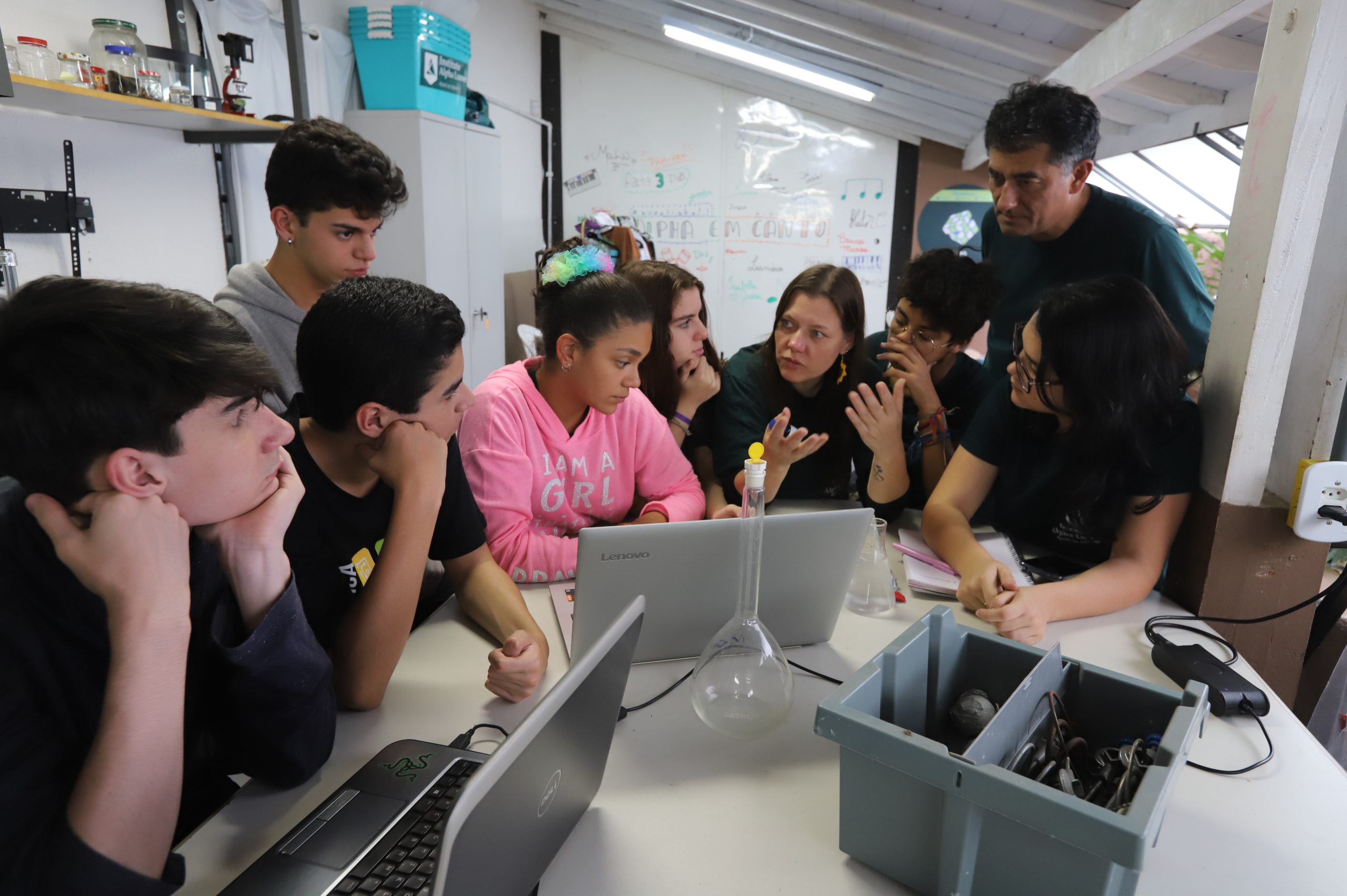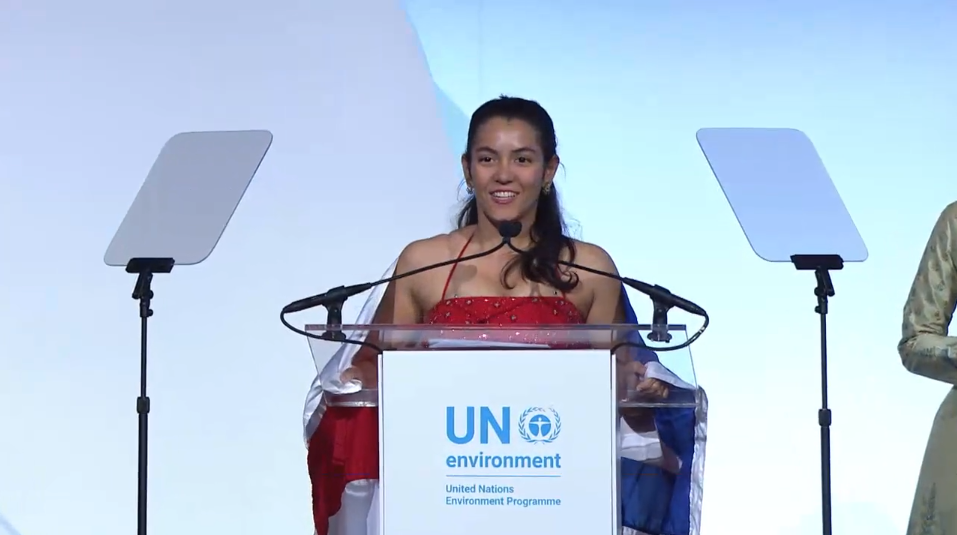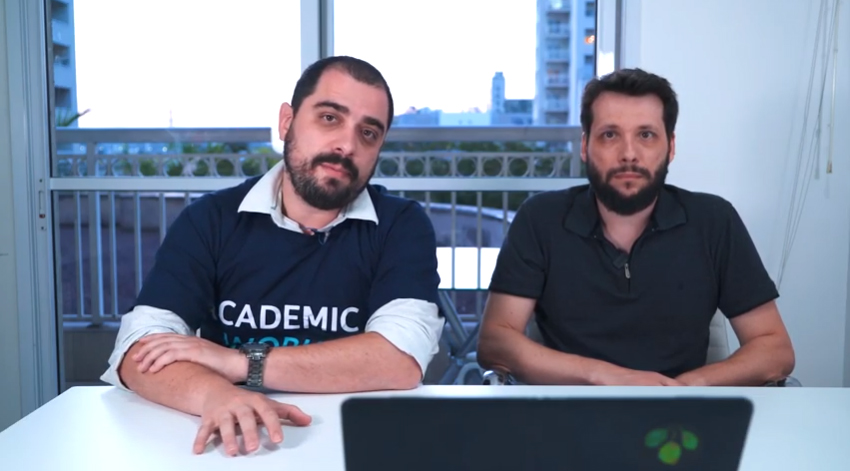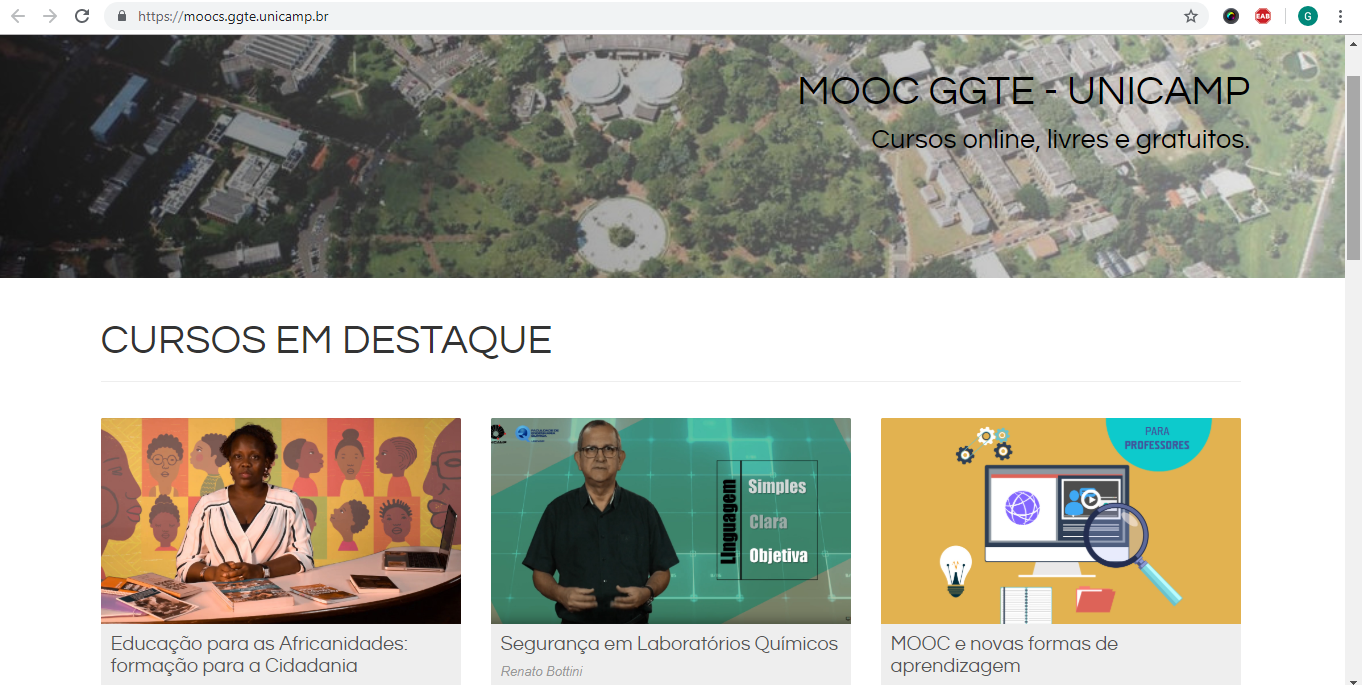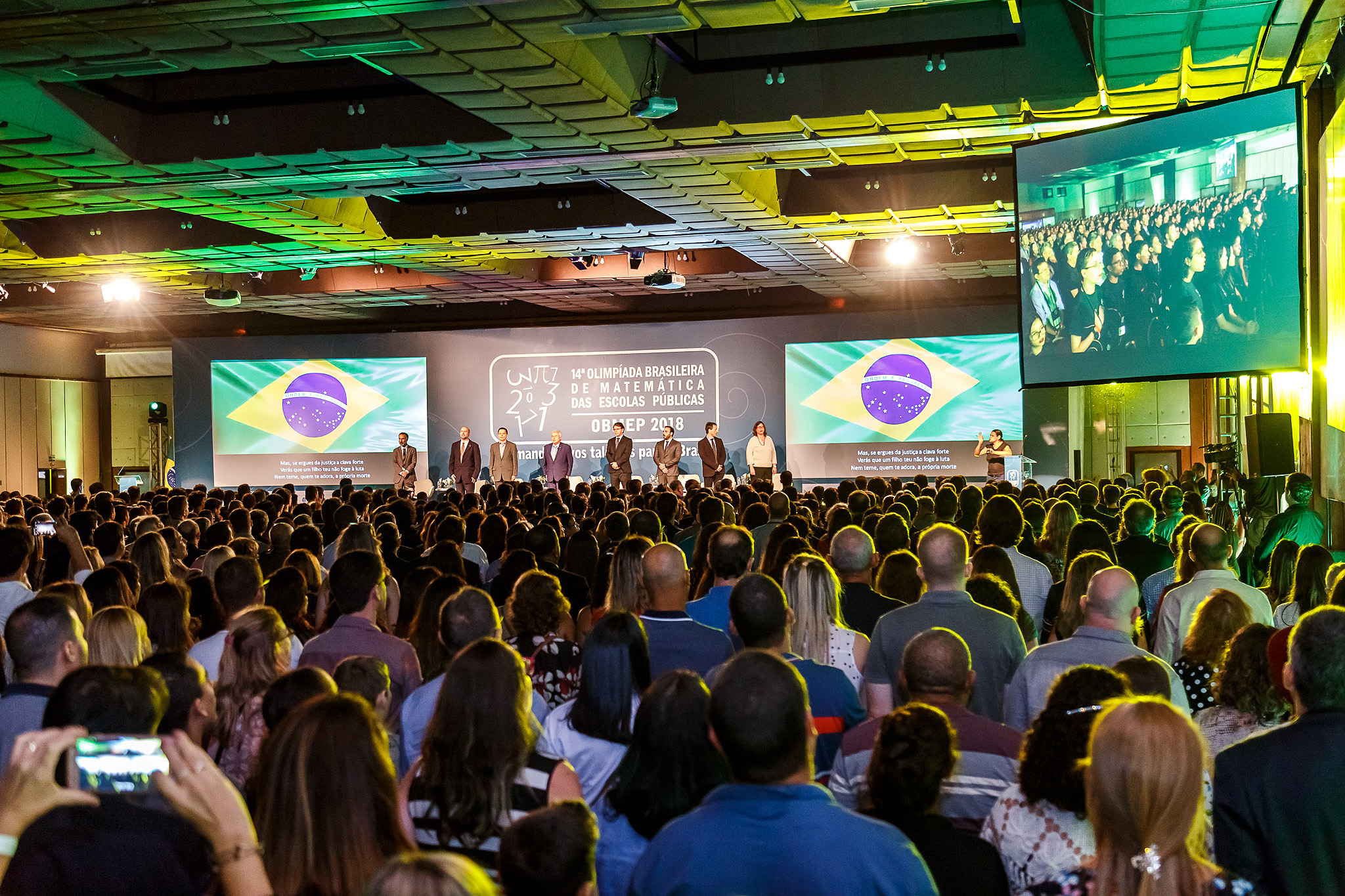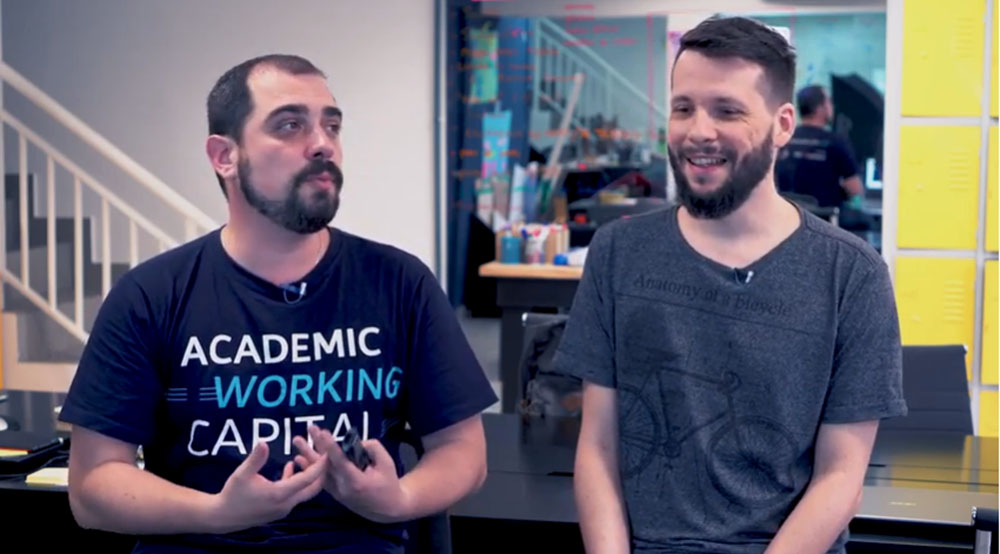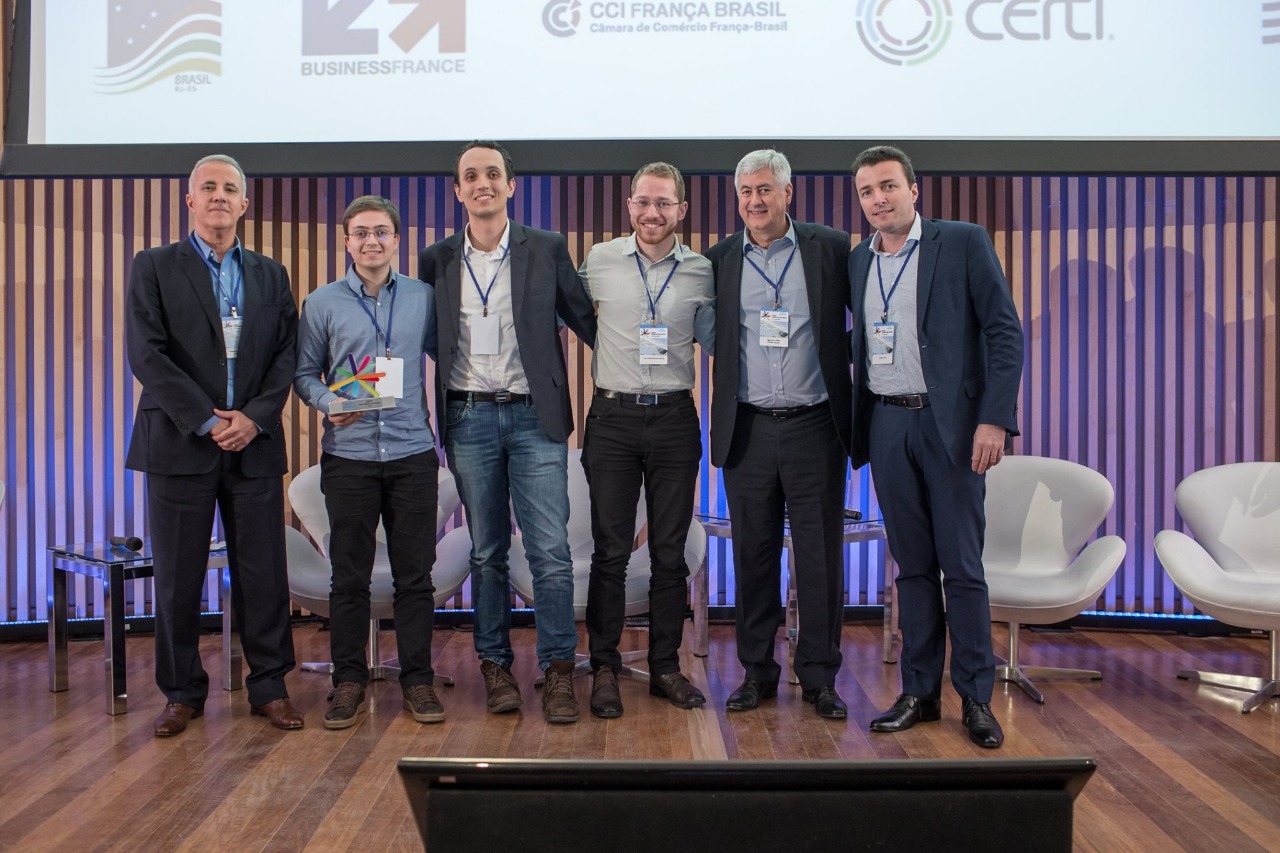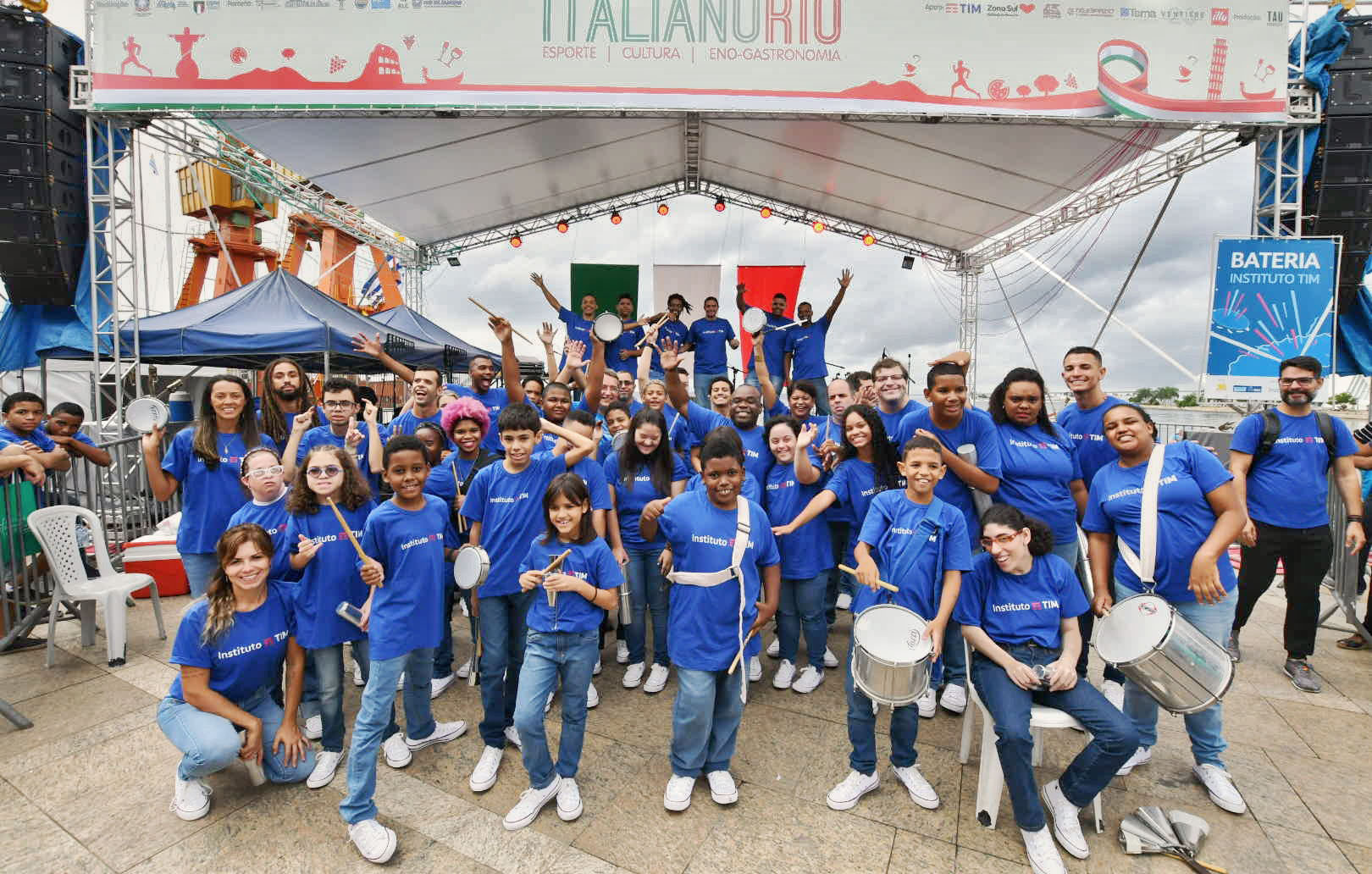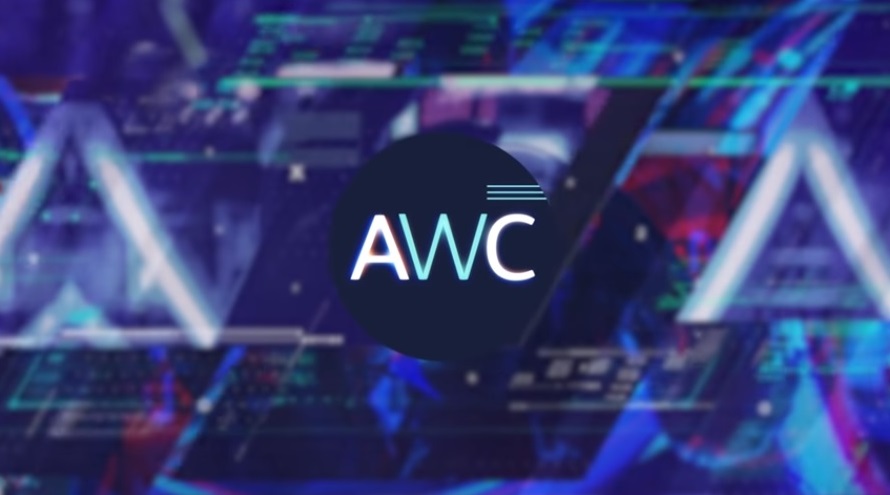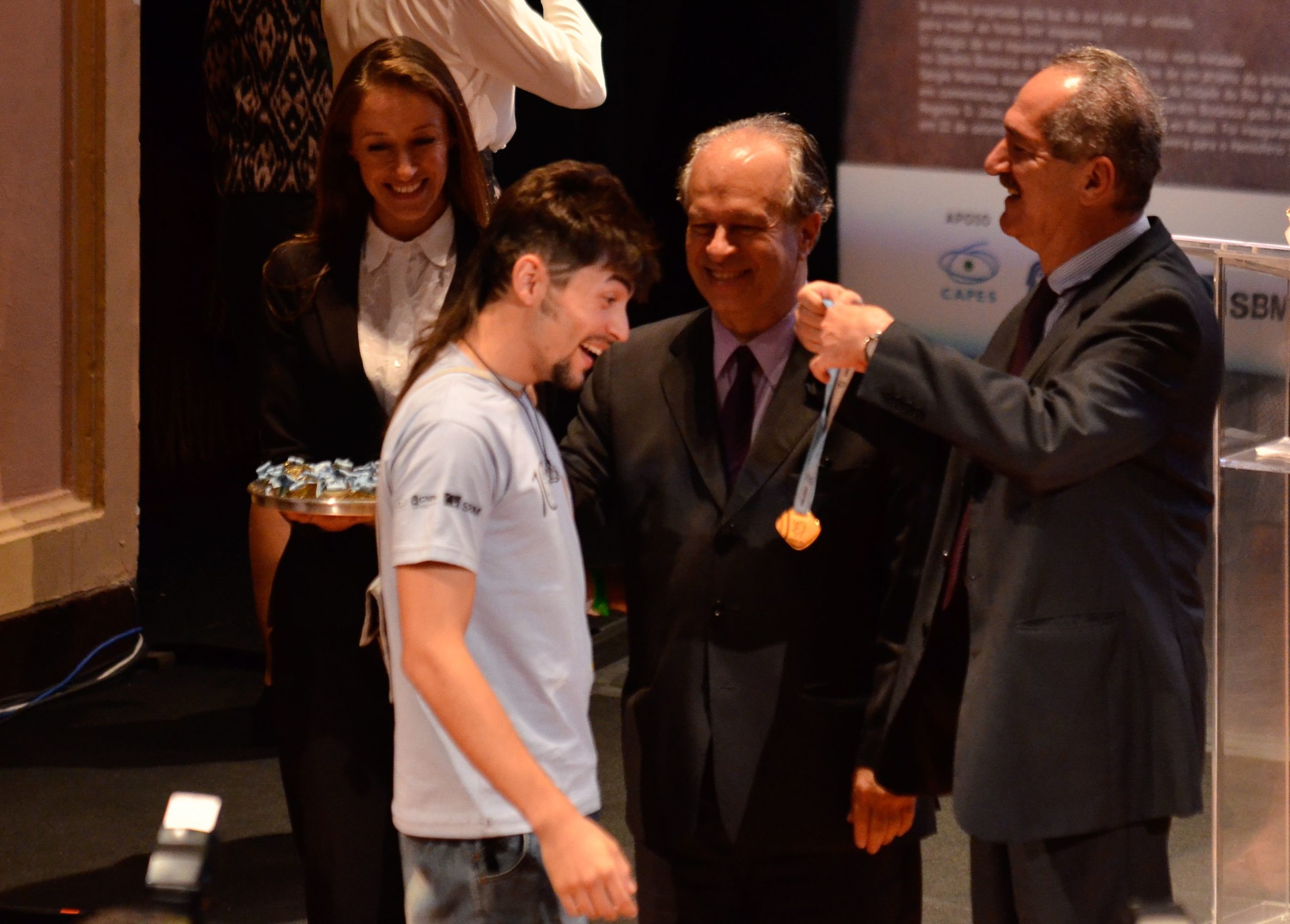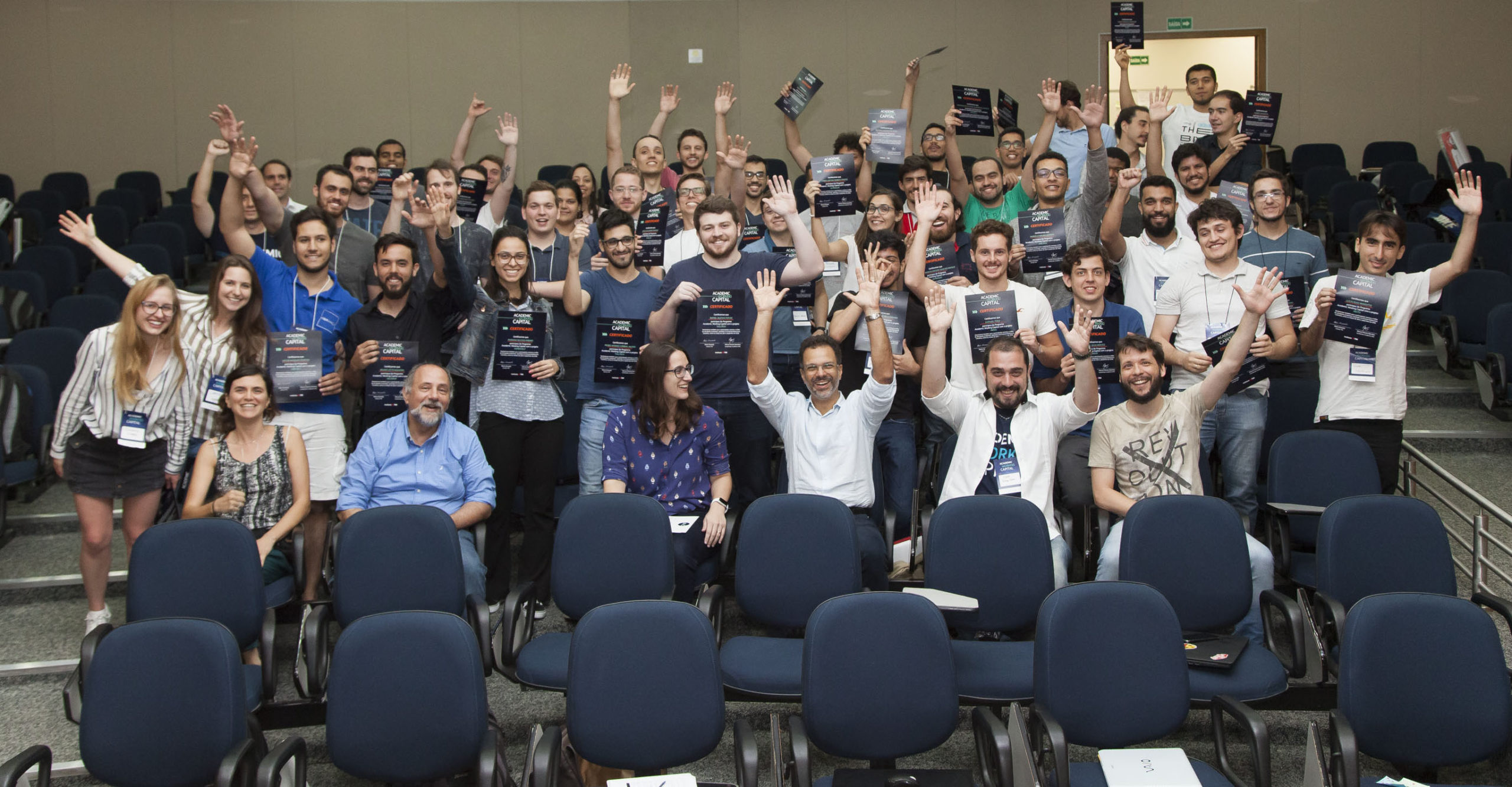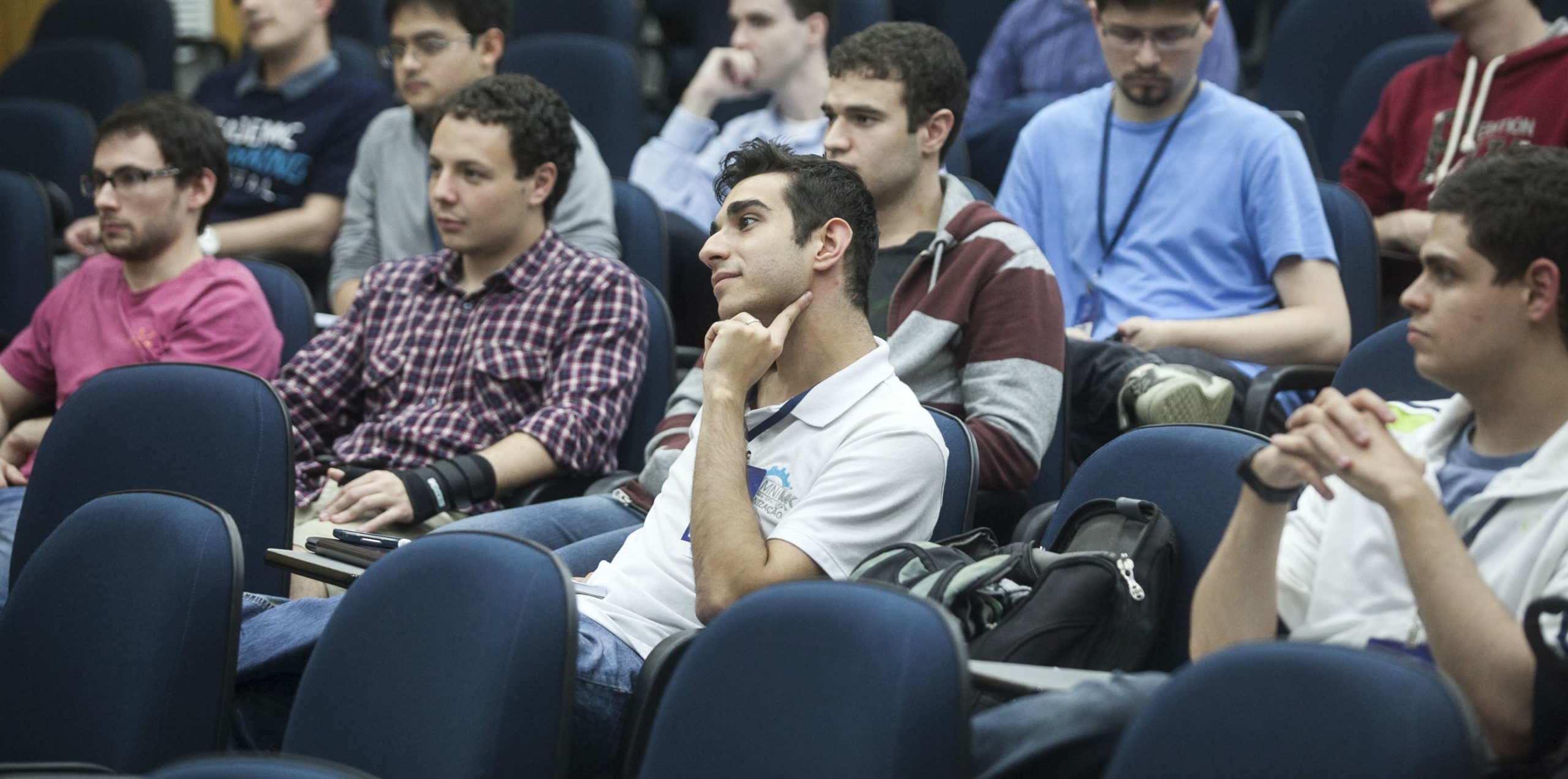
All activities of the second day of the Workshop I of the Academic Working Capital program, on July 14th, focused on user experience (see what happened on the first day). Renato Freitas, one of the creators of 99Taxis, gave the opening lecture in the auditorium of the building of Mechanical and Naval Engineering of the Polytechnic School of the University of São Paulo (Poli-USP), reinforcing the importance of thinking about the target audience to develop a product.
“All business decisions are thought to impact on the user,” said the chief technology officer. He shared with the students participating in the program the rights and wrongs of his career as an entrepreneur at 99Taxis and at the academic social network Ebah. The good relationship with both taxi drivers and customers made a difference to the growth of 99Taxis. “We taught taxi drivers to download and use the app. Our understanding was that we needed to make an app with a very good usability and hard to get something wrong,” he said.
The topic of the following lecture was Design Thinking, the method for creating products and services in a creative and user-oriented way. Mechatronic engineer Lucas Torres, one of the AWC consultants, explained that the demands of users are varied and complex, so it is essential to understand how people use your product. He presented Design Thinking processes that participants needed to develop and guided the team to think about questions to ask stakeholders.
After lunch, the students learned about some lessons for entrepreneurs from Paul Graham, an American investor and founder of accelerator Y Combinator. Artur Vilas Boas, member of the USP Entrepreneurship Center (NEU) and one of AWC advisers, and Miguel Chaves, partner at innovation and design consulting company CAOS Focado, relied on essays written by Graham to select the main advices and presented case studies of startups that began in the NEU.
The teams then carried out research with potential stakeholders of their products, monitored the experience they may have as users and thought about the design attributes based on the target audience’s needs. The adviers contributed to the research indicating experts in the areas of each project for the to students interview by phone or in person. At the end of the day, the groups shared with colleagues and advisers how the first interviews played out, how they defined the users experience and the problems and solutions found.
